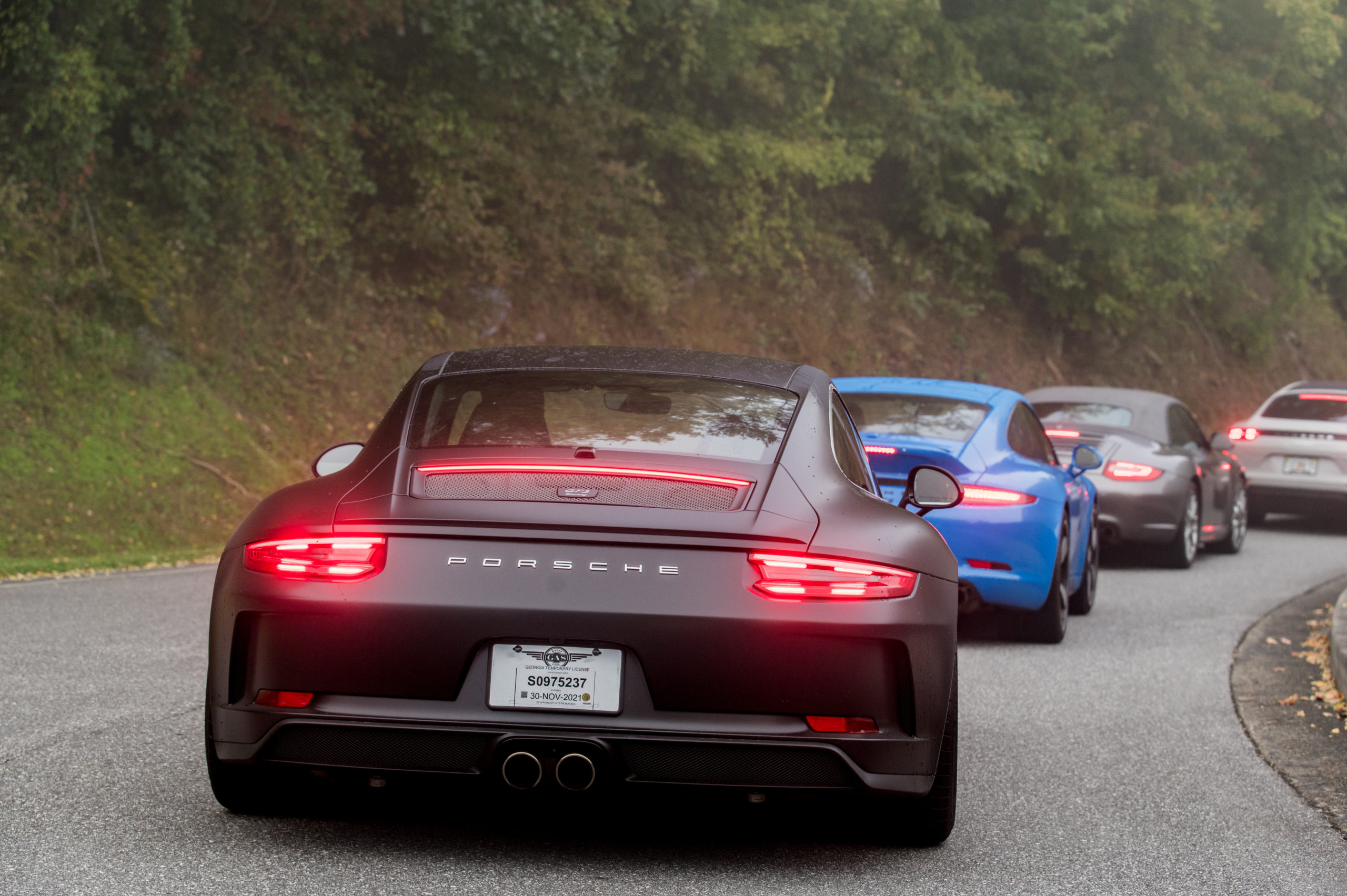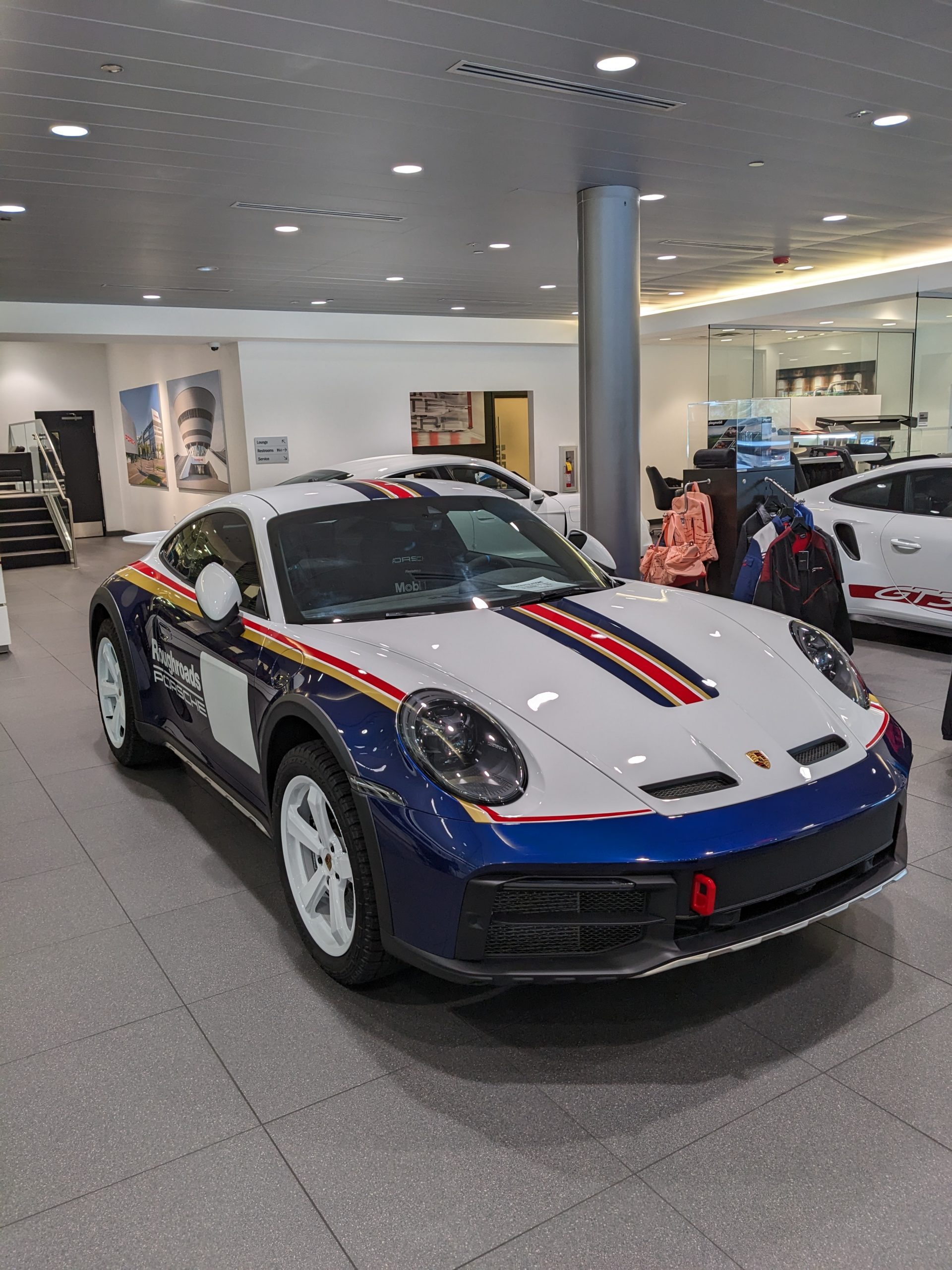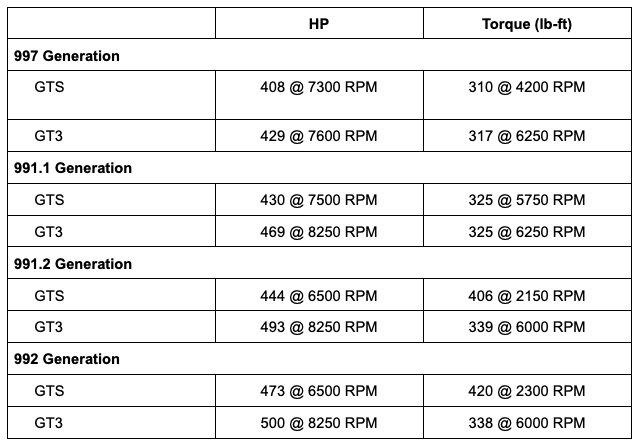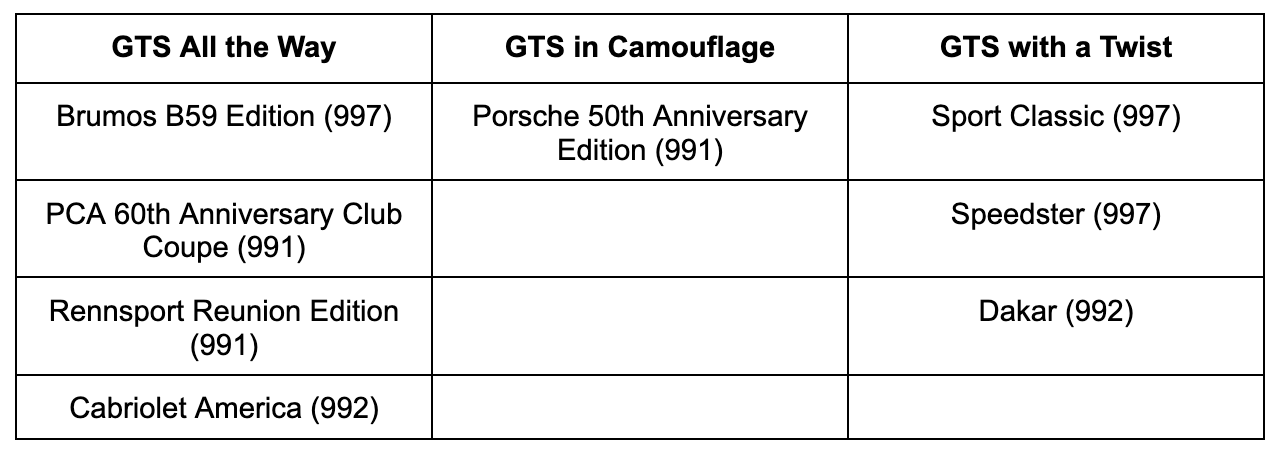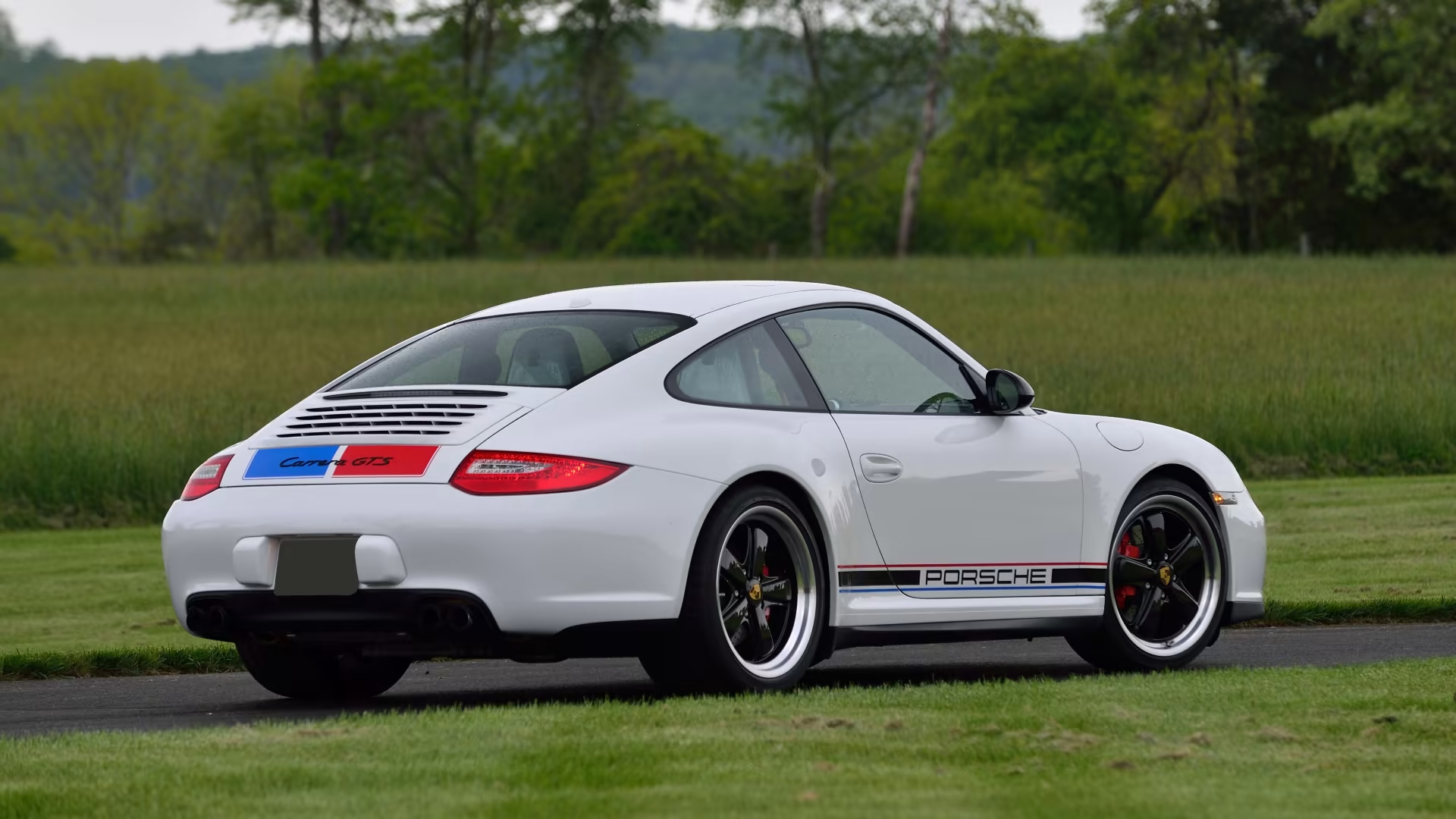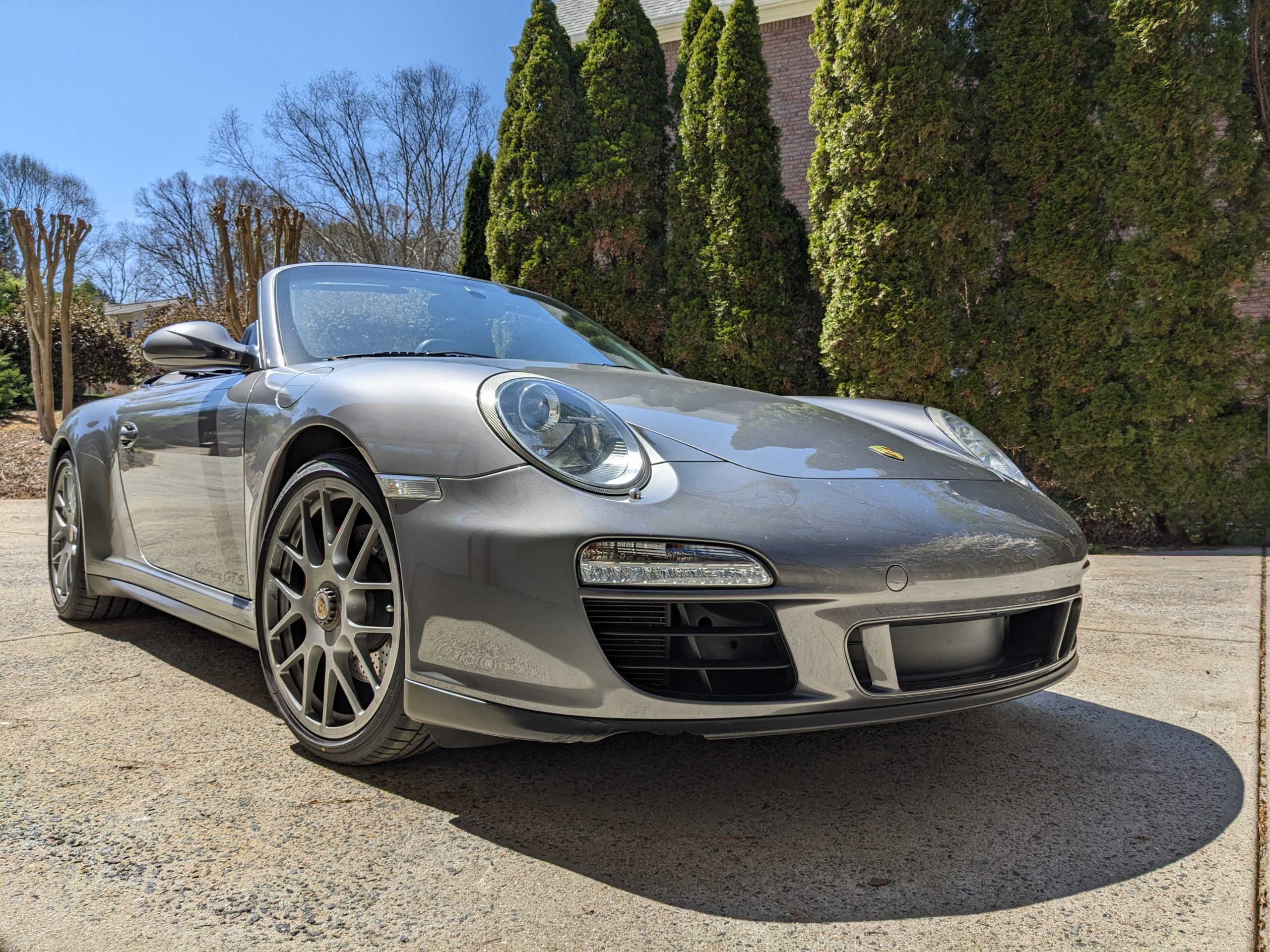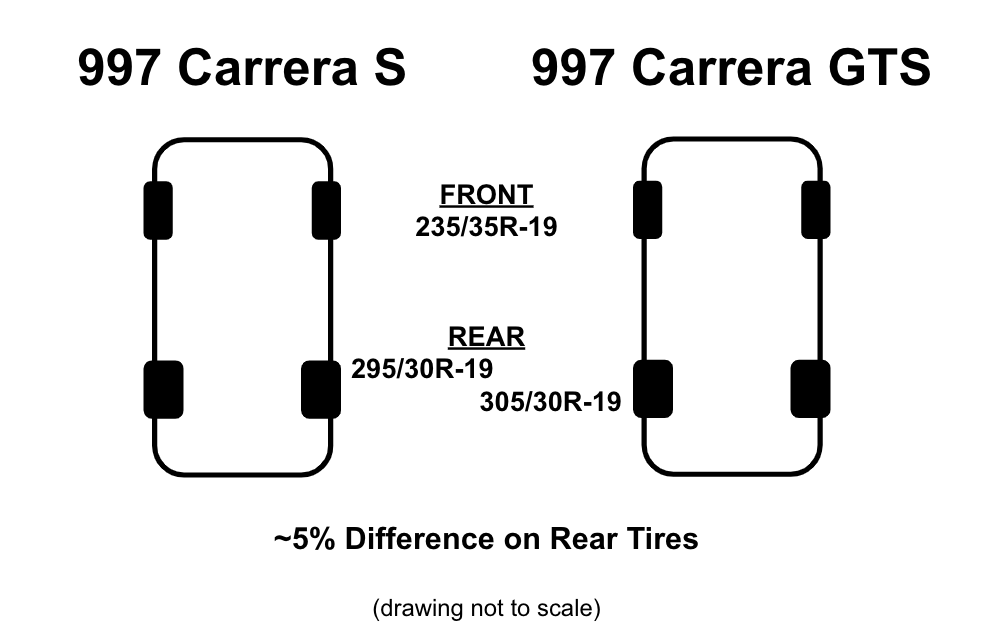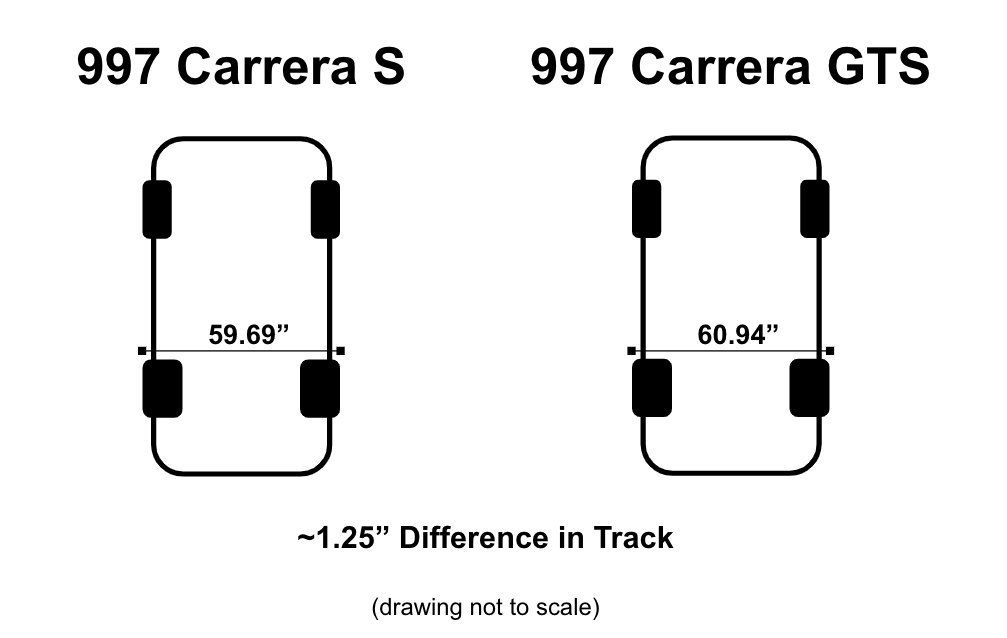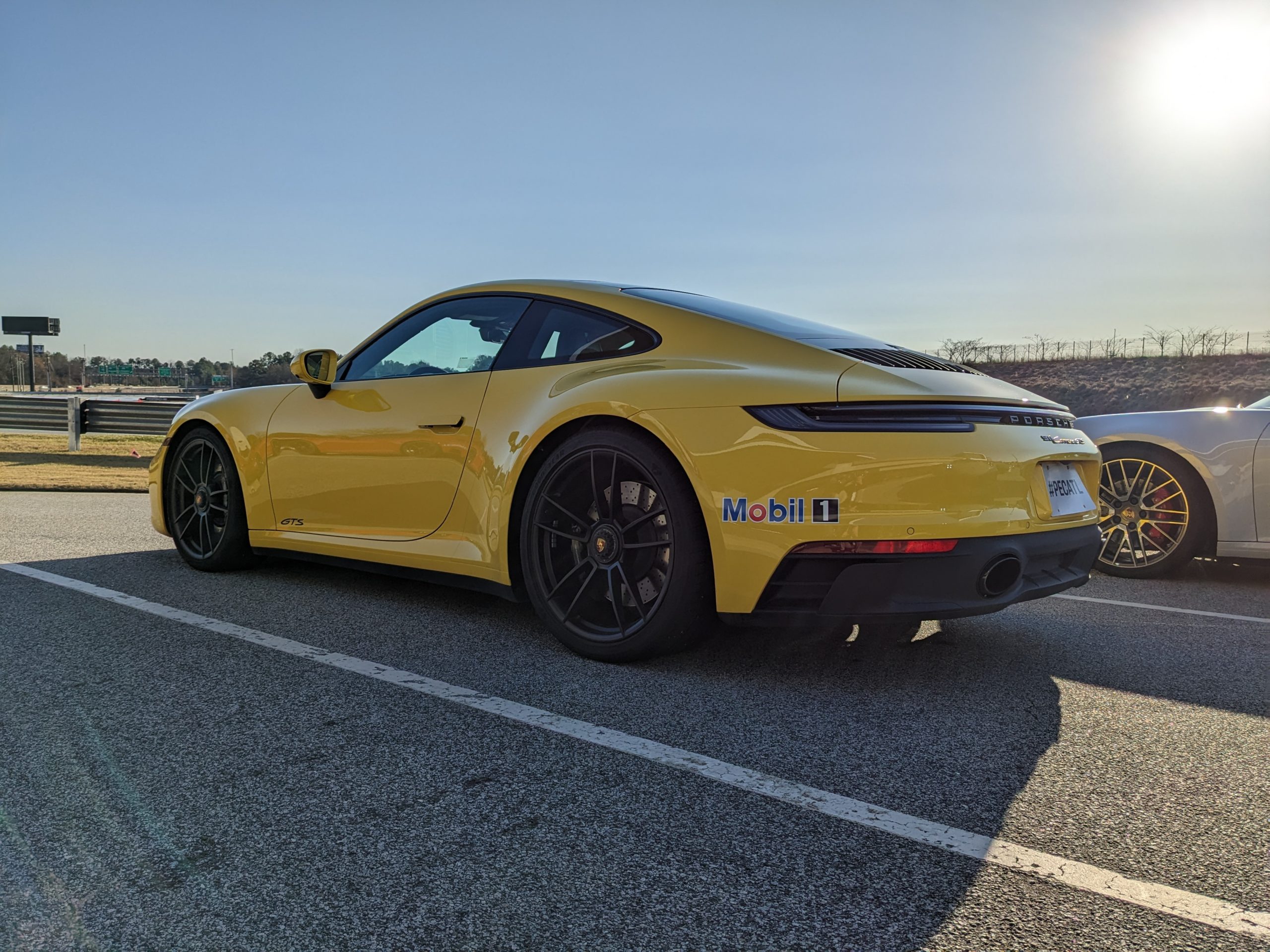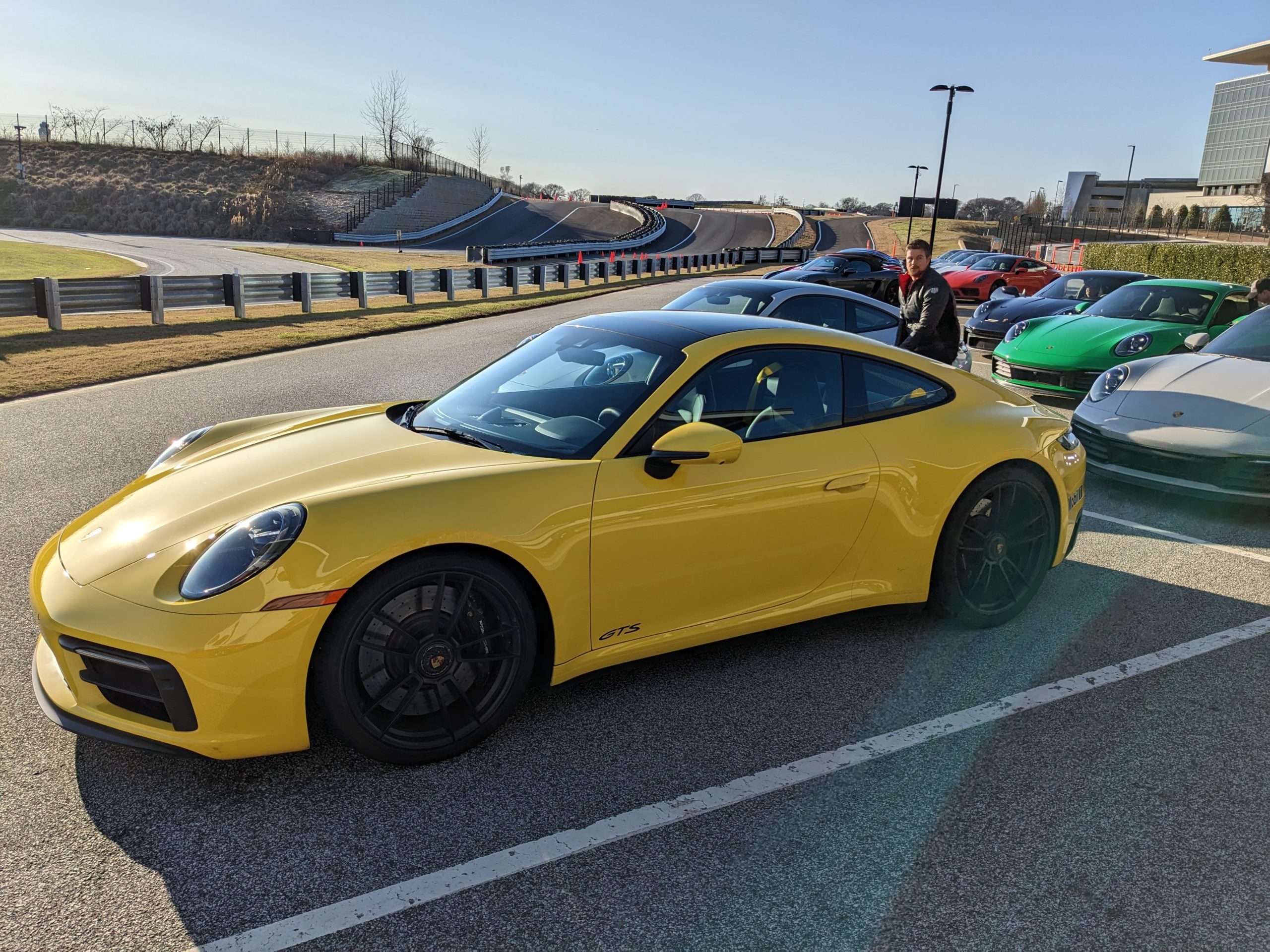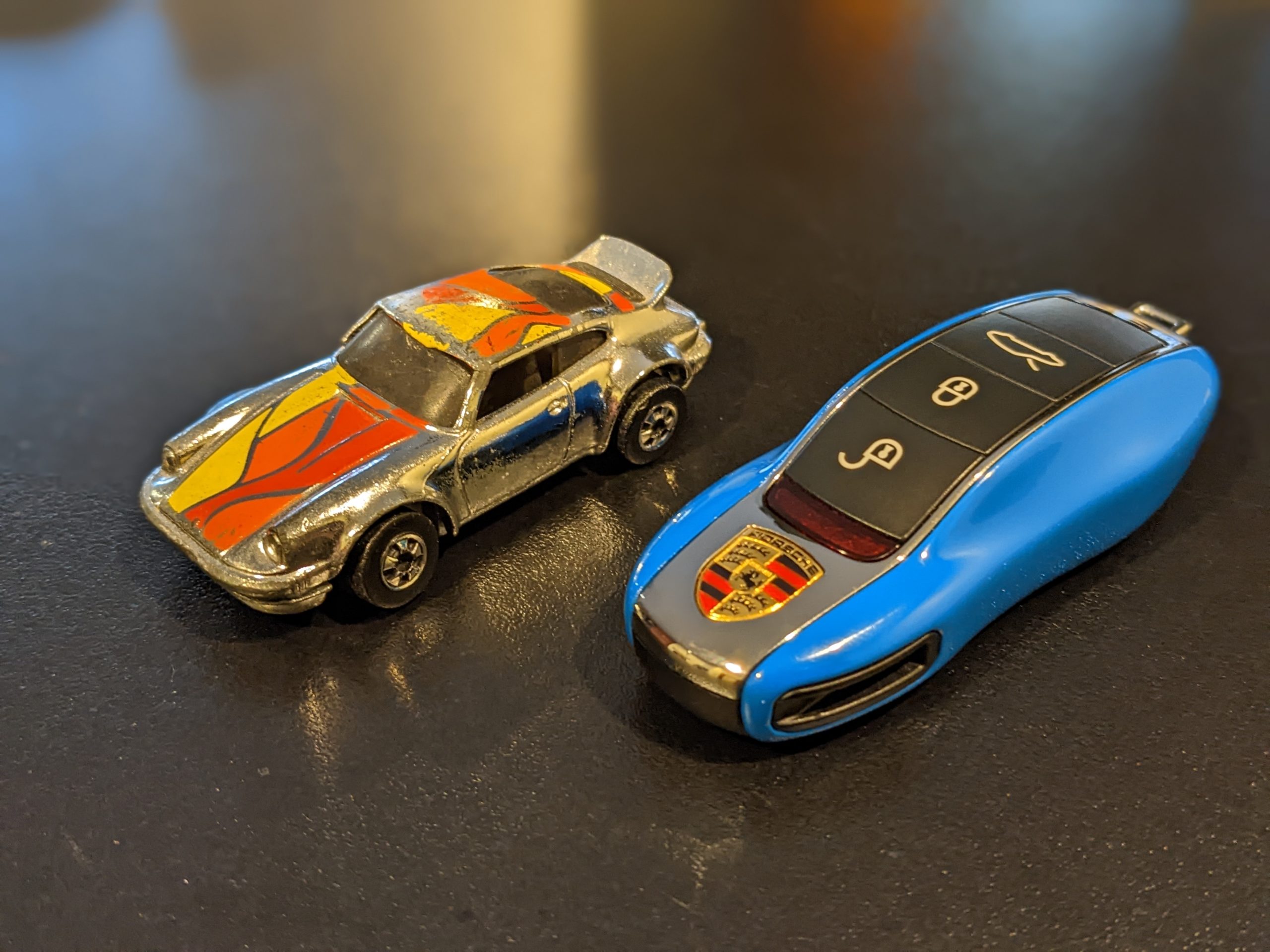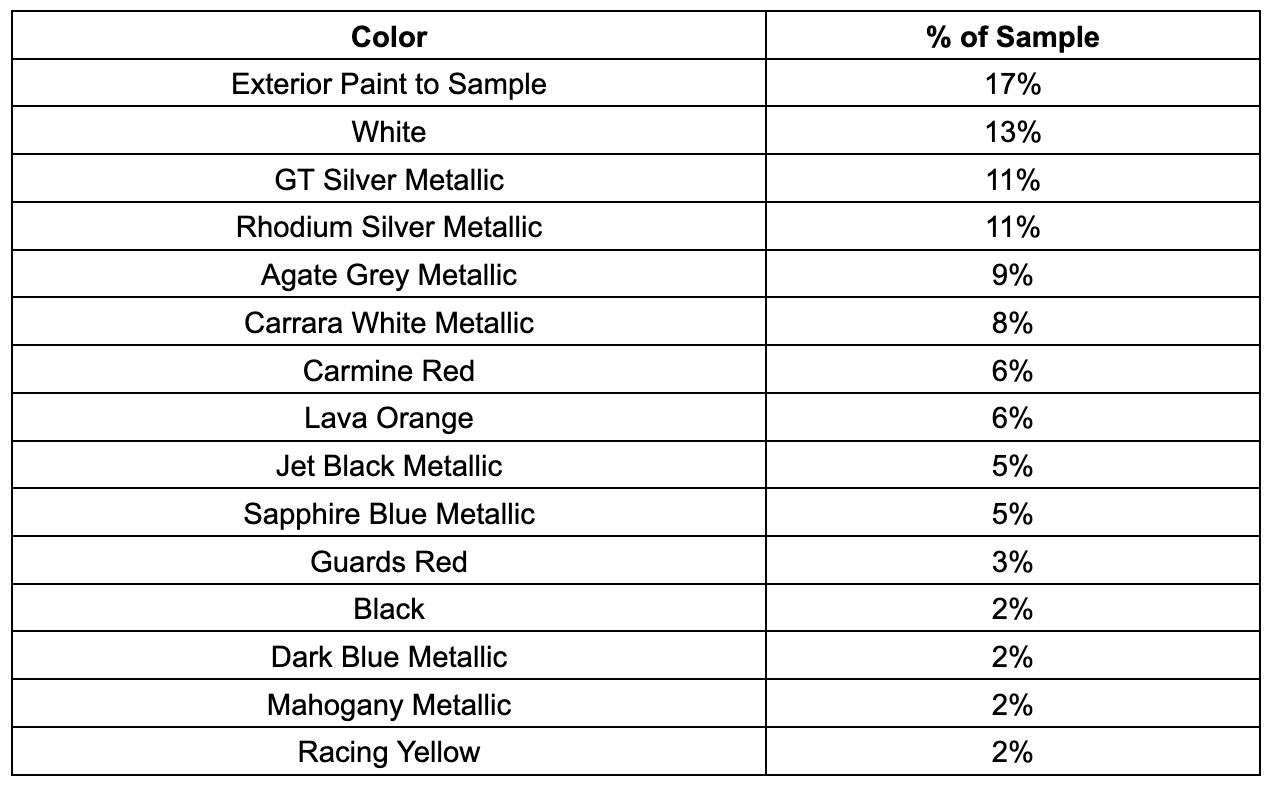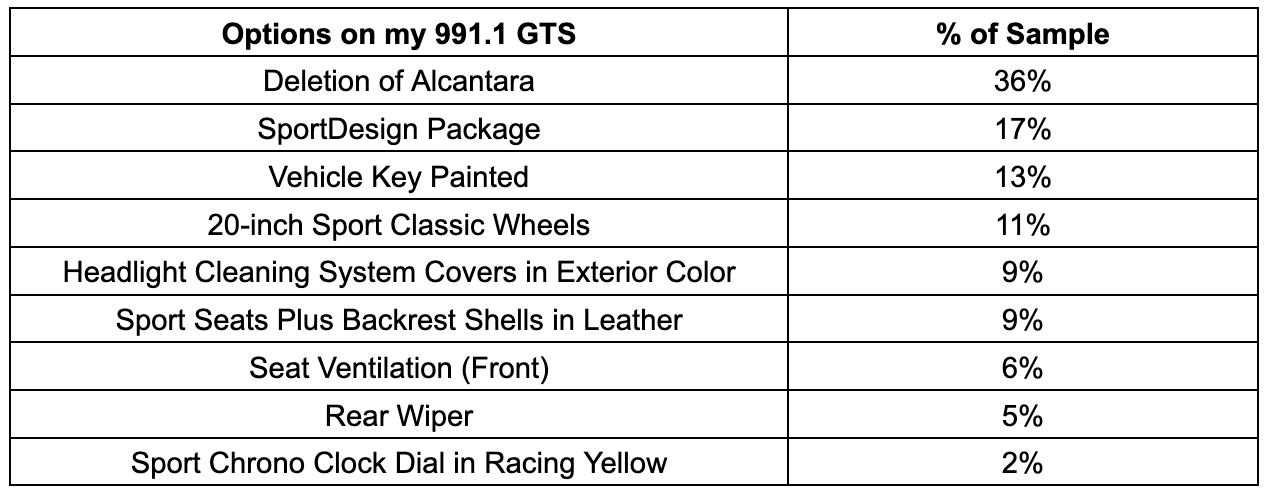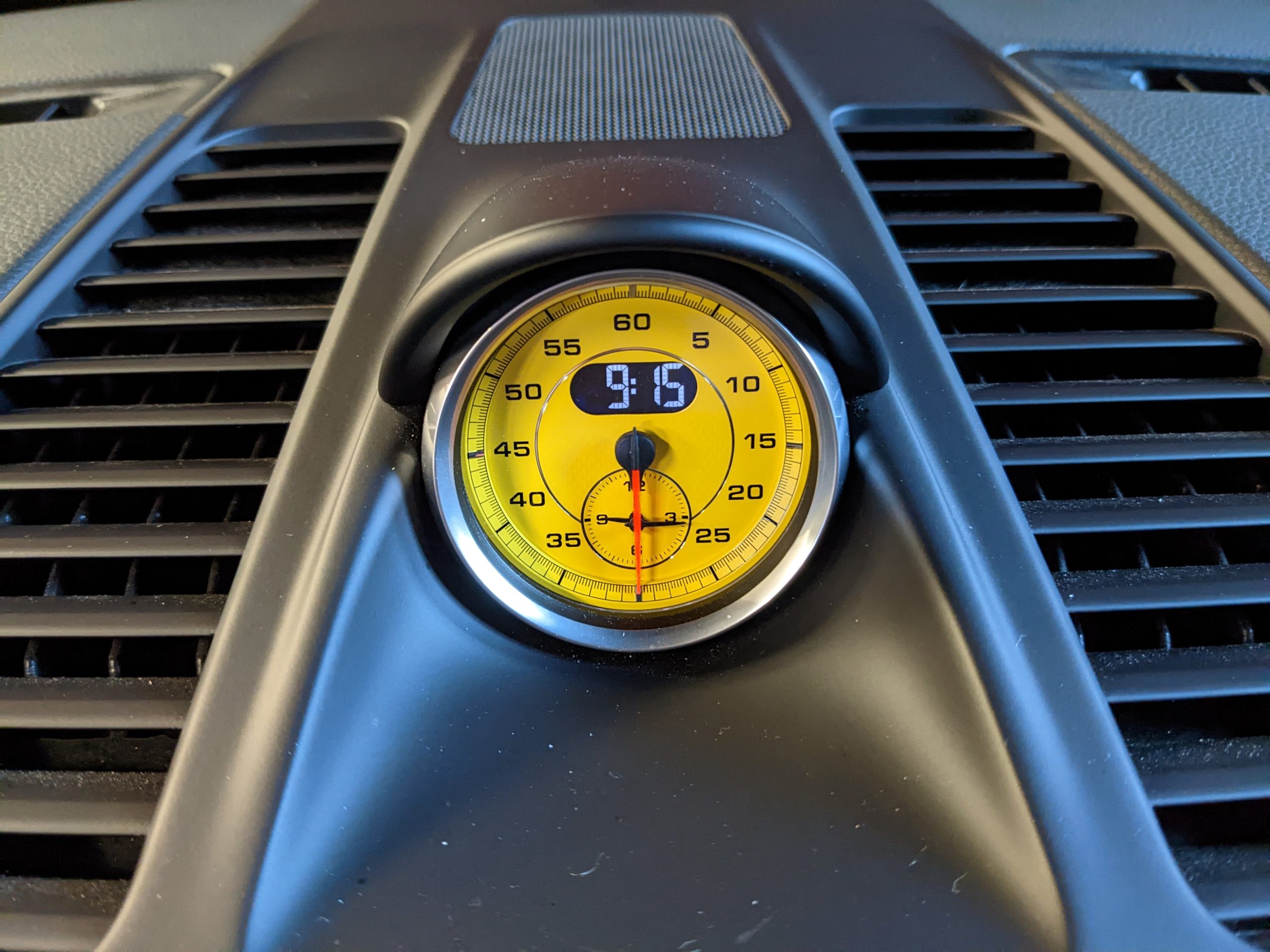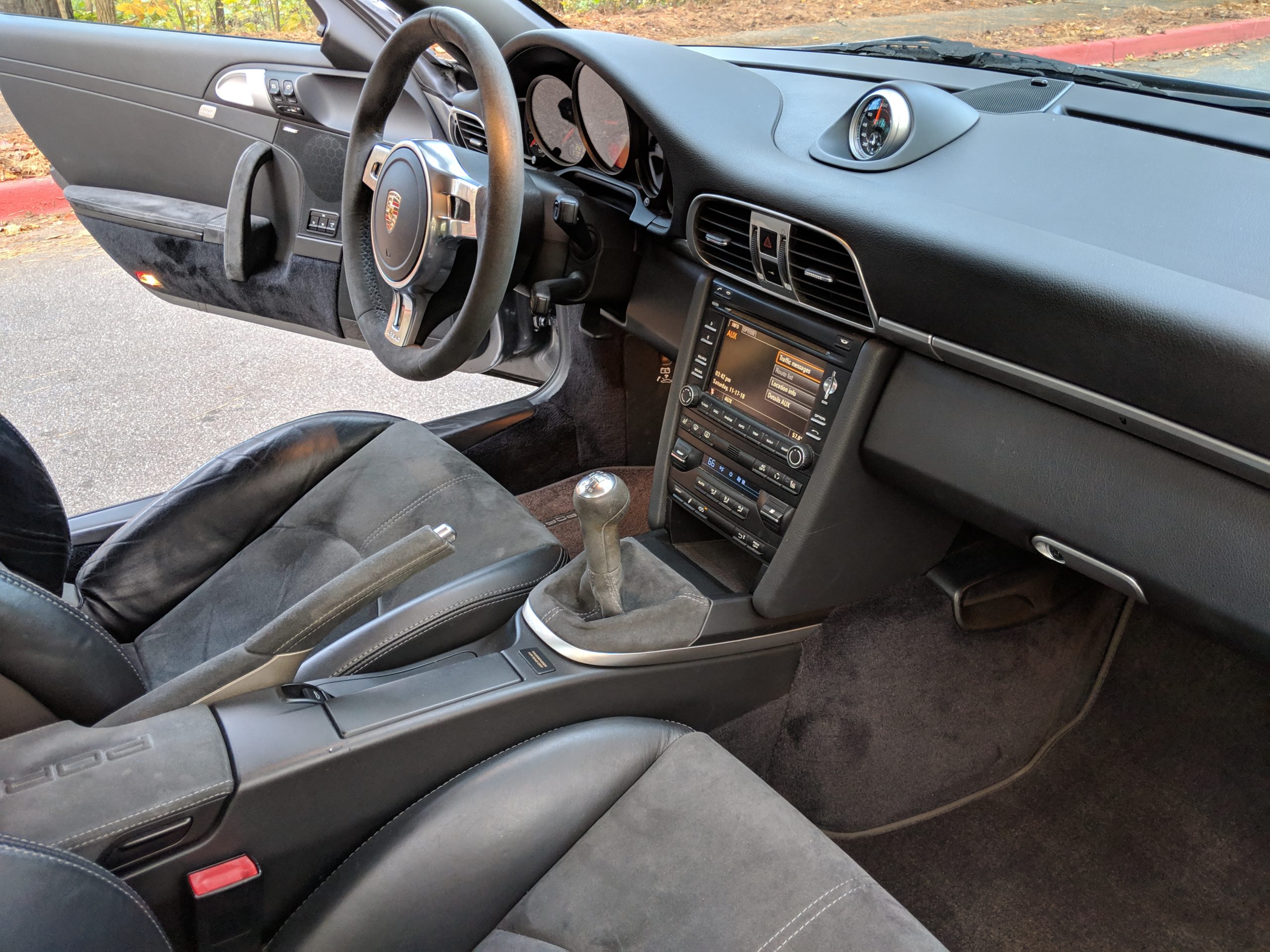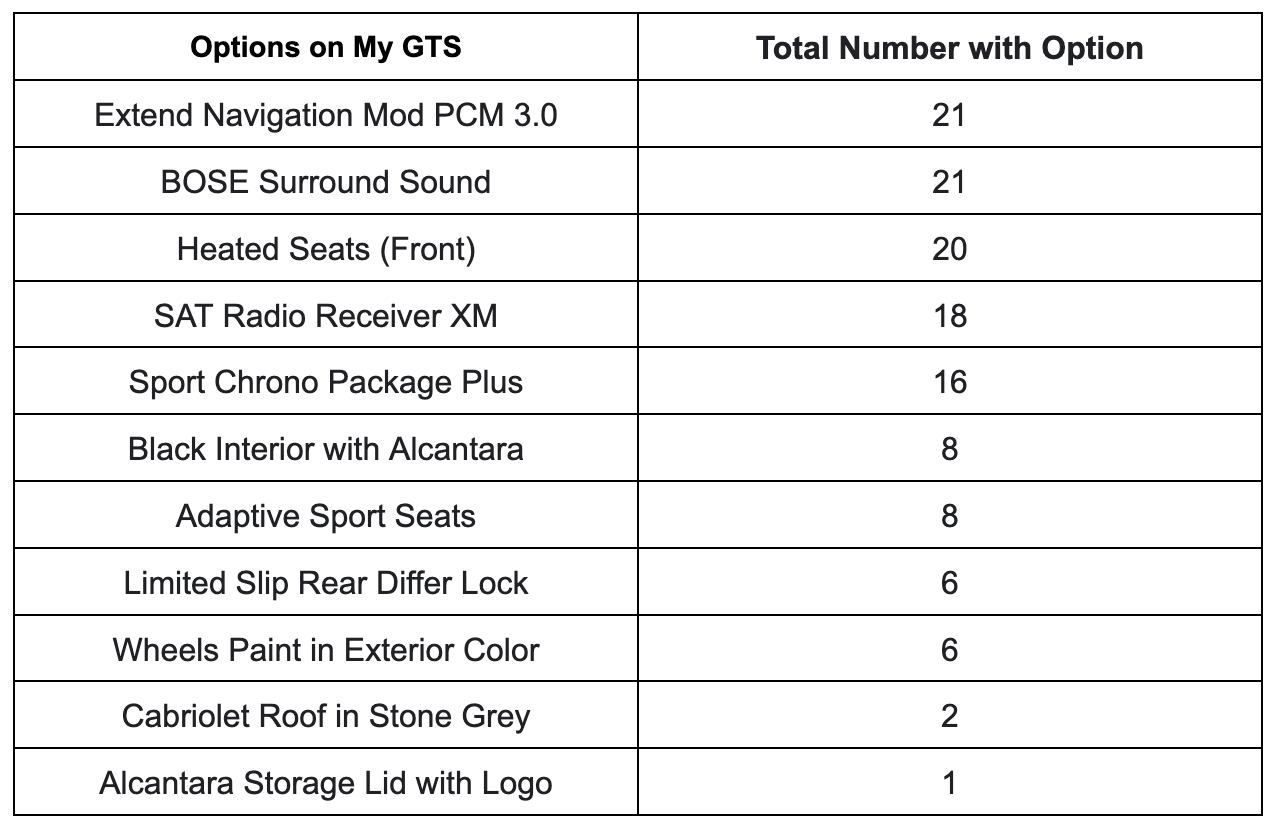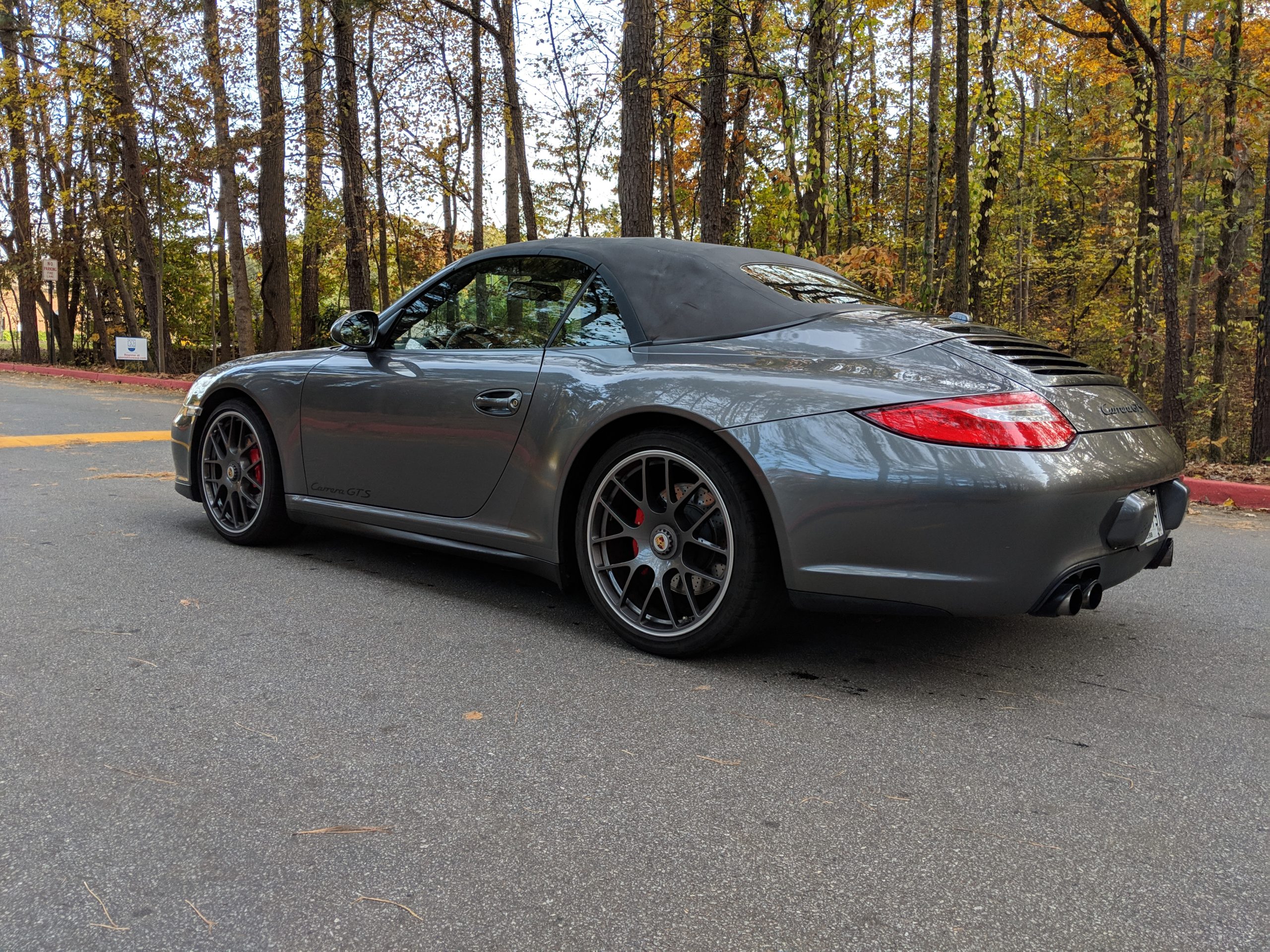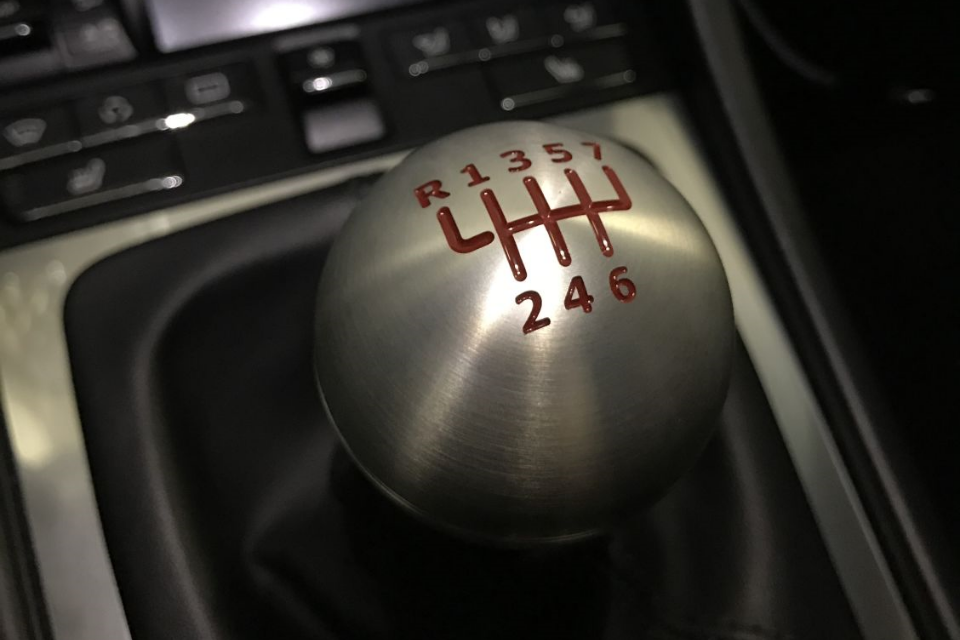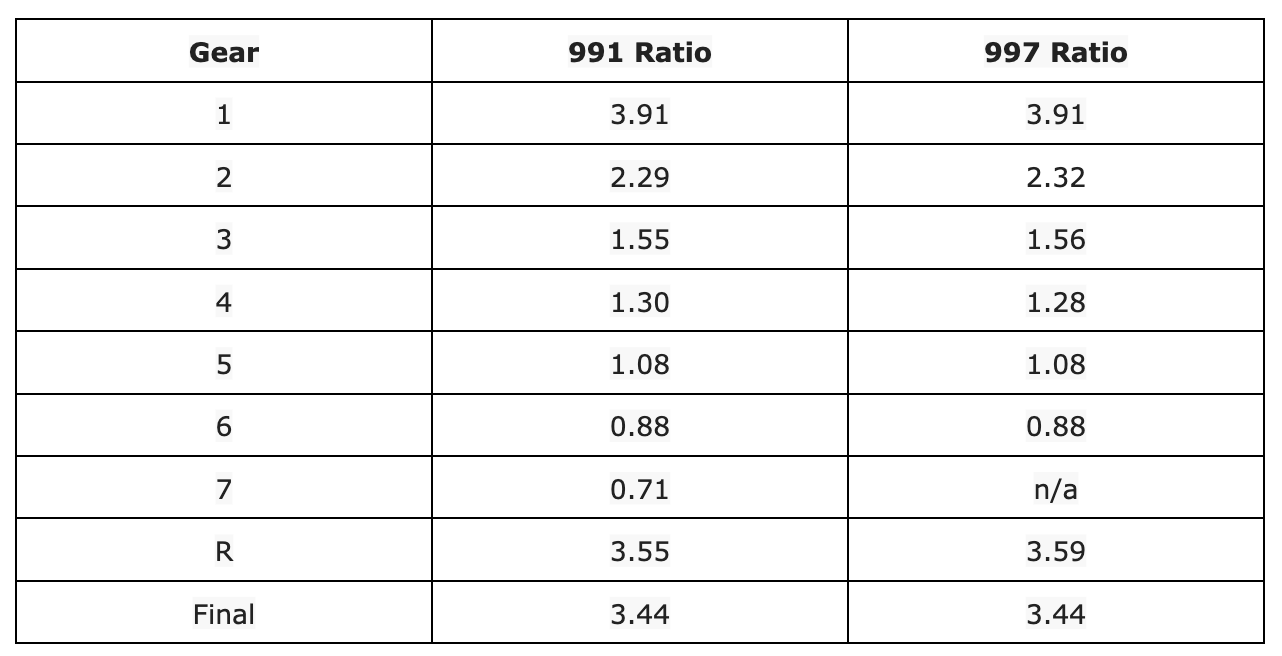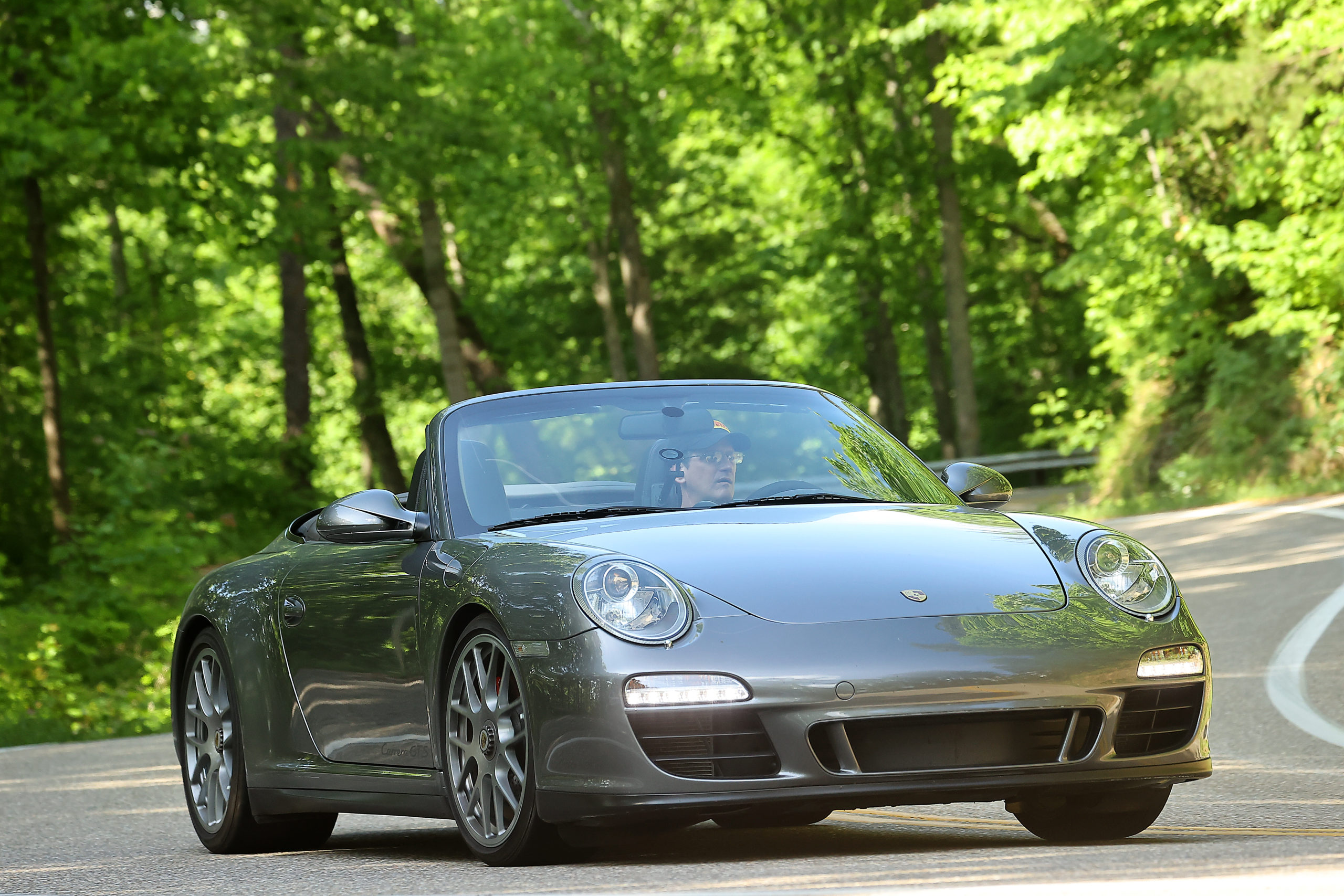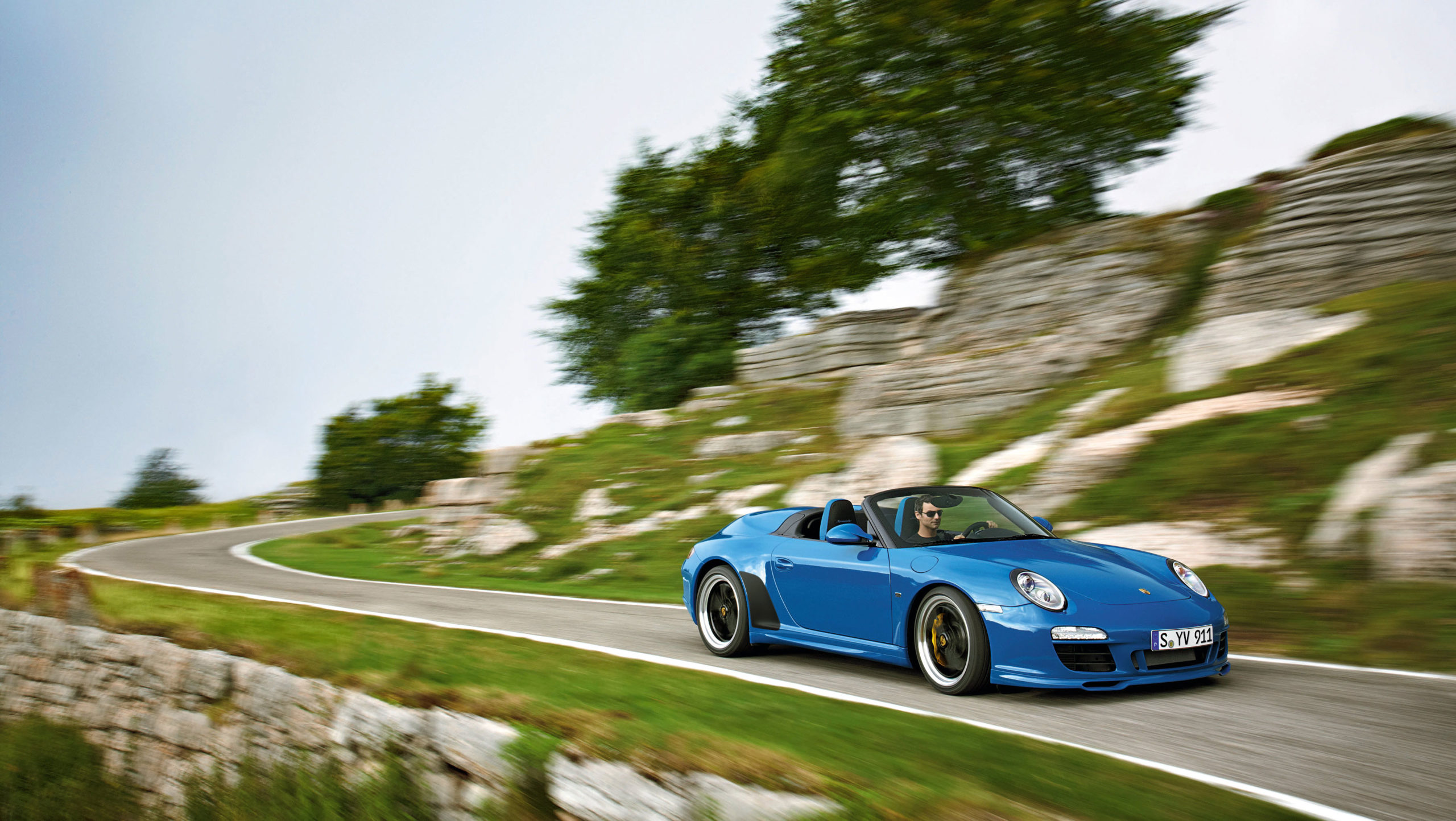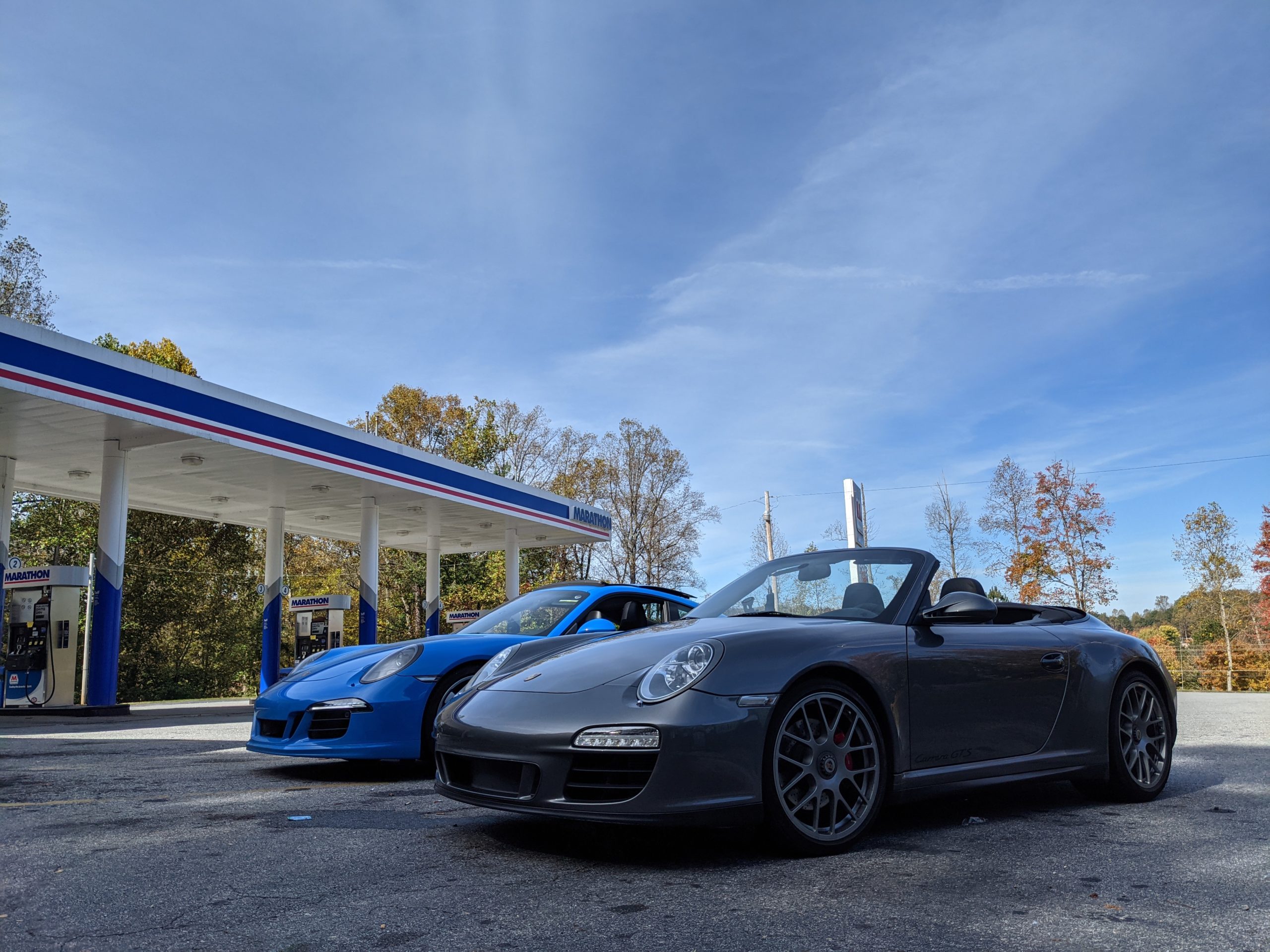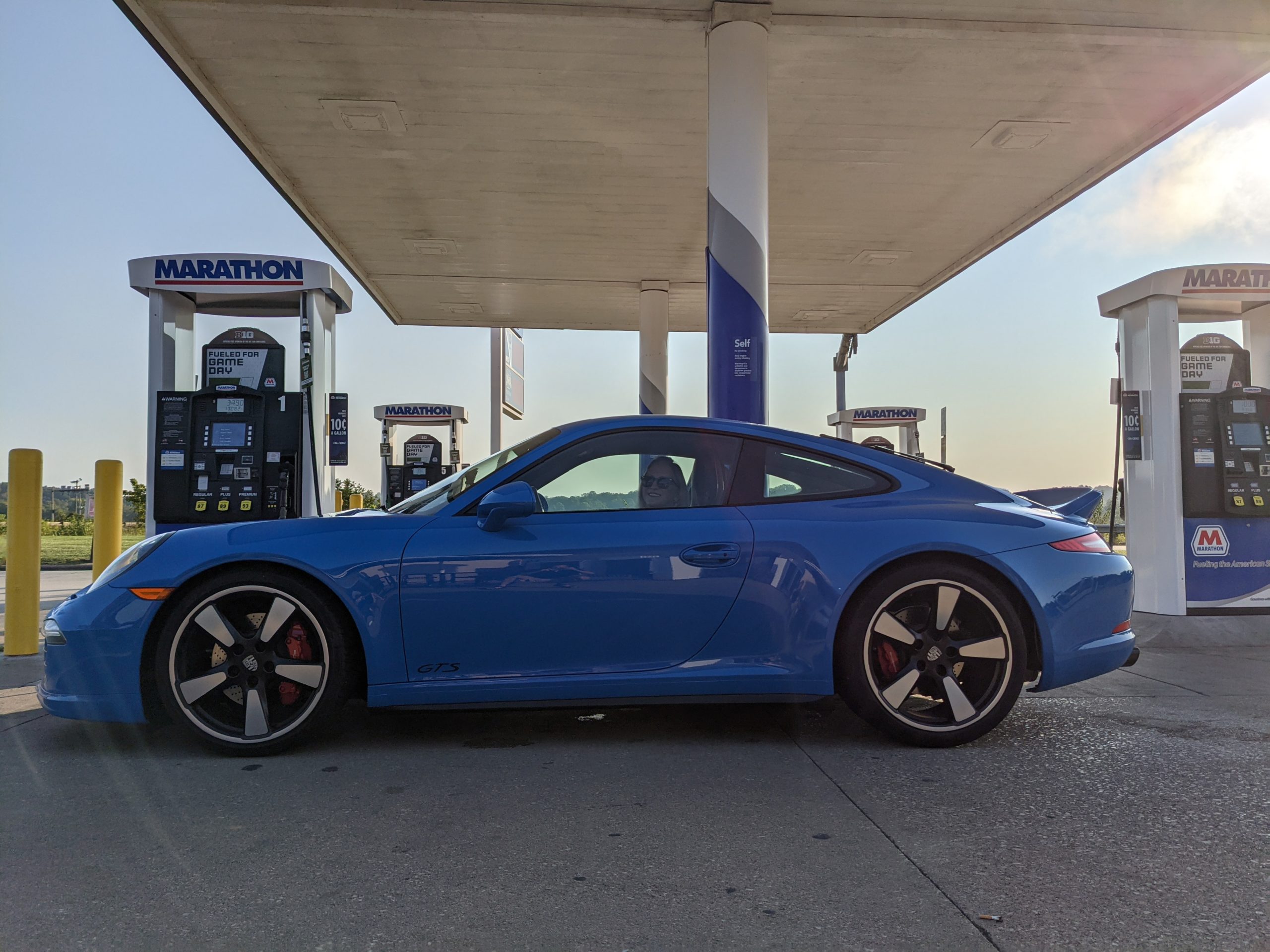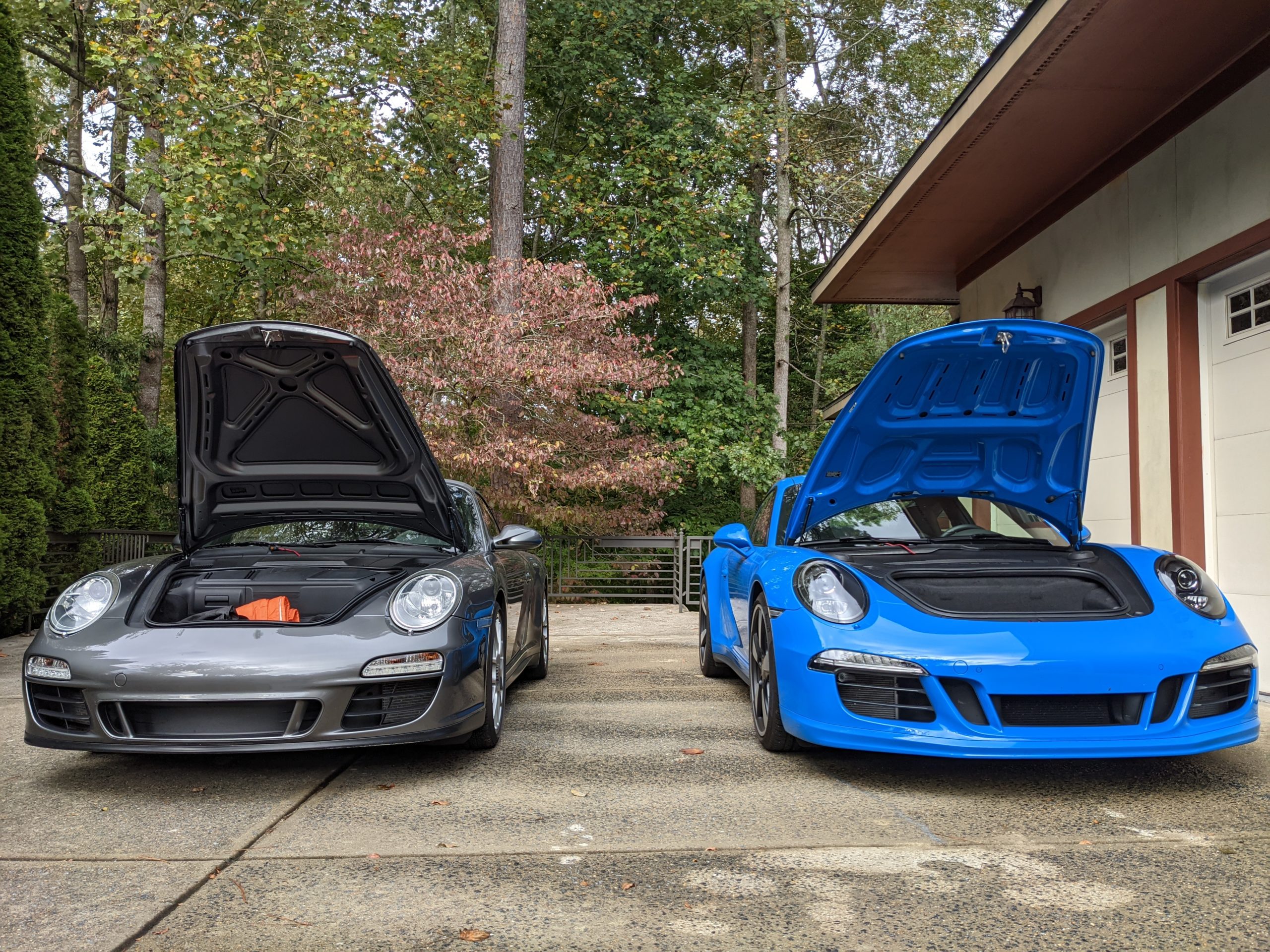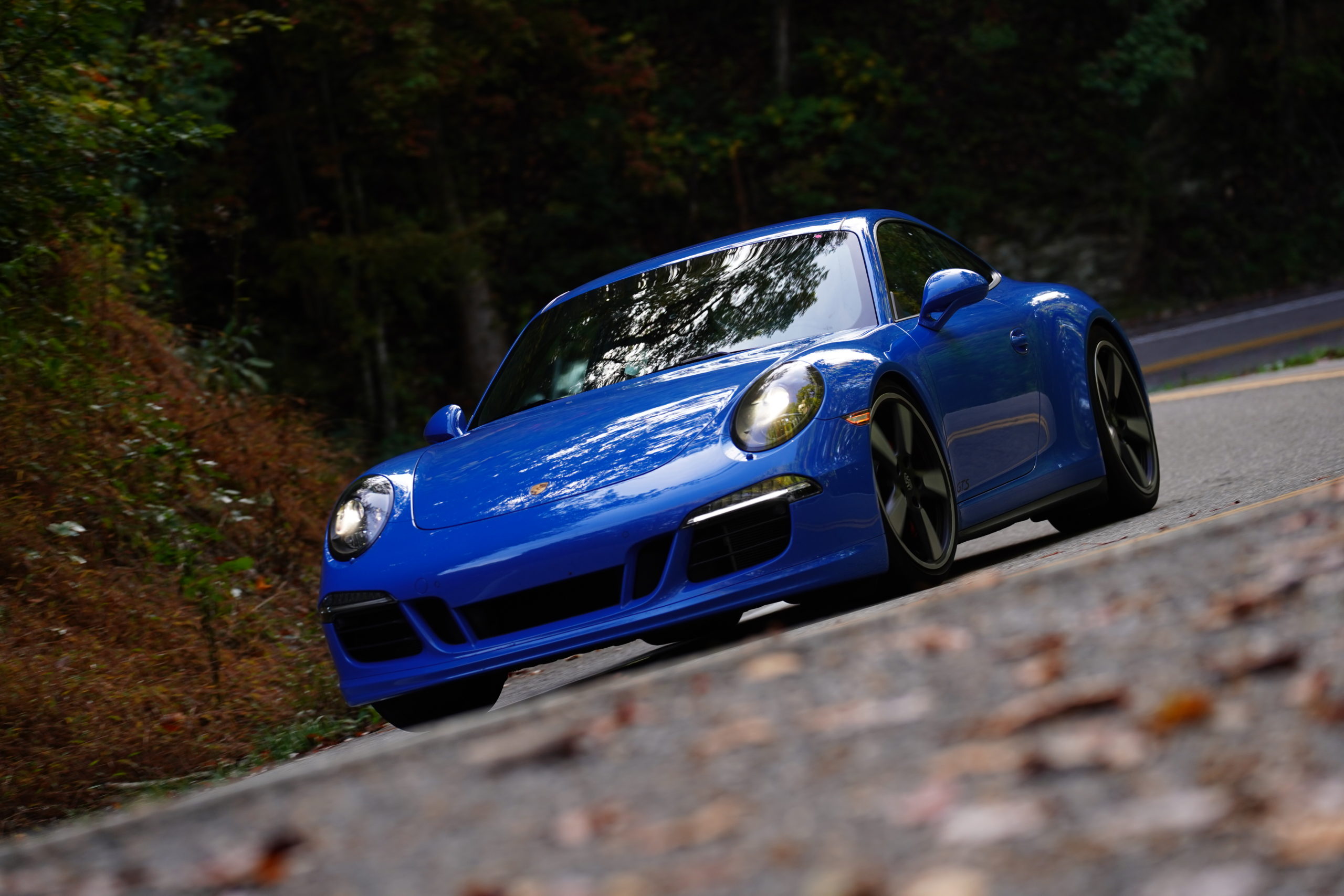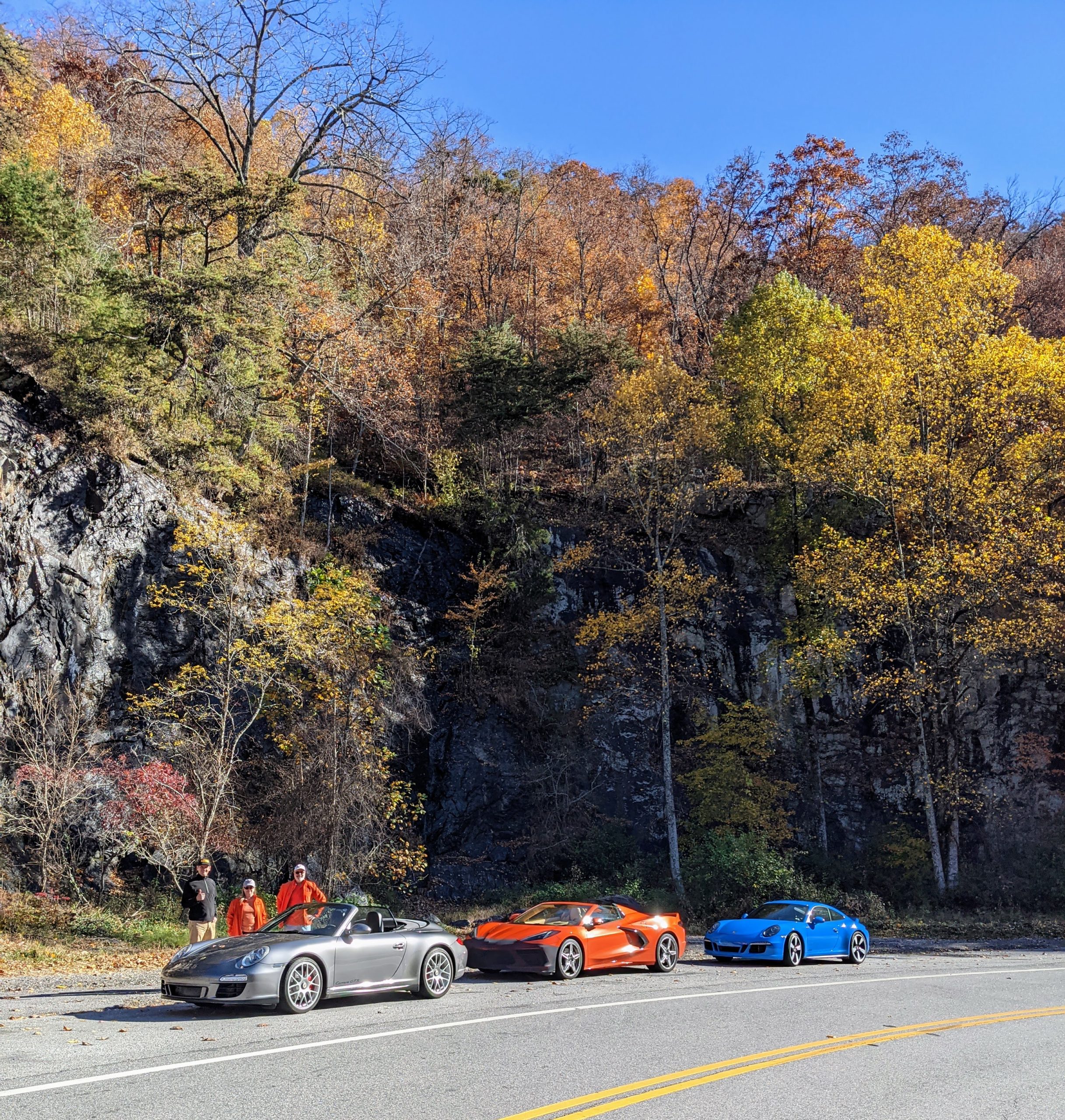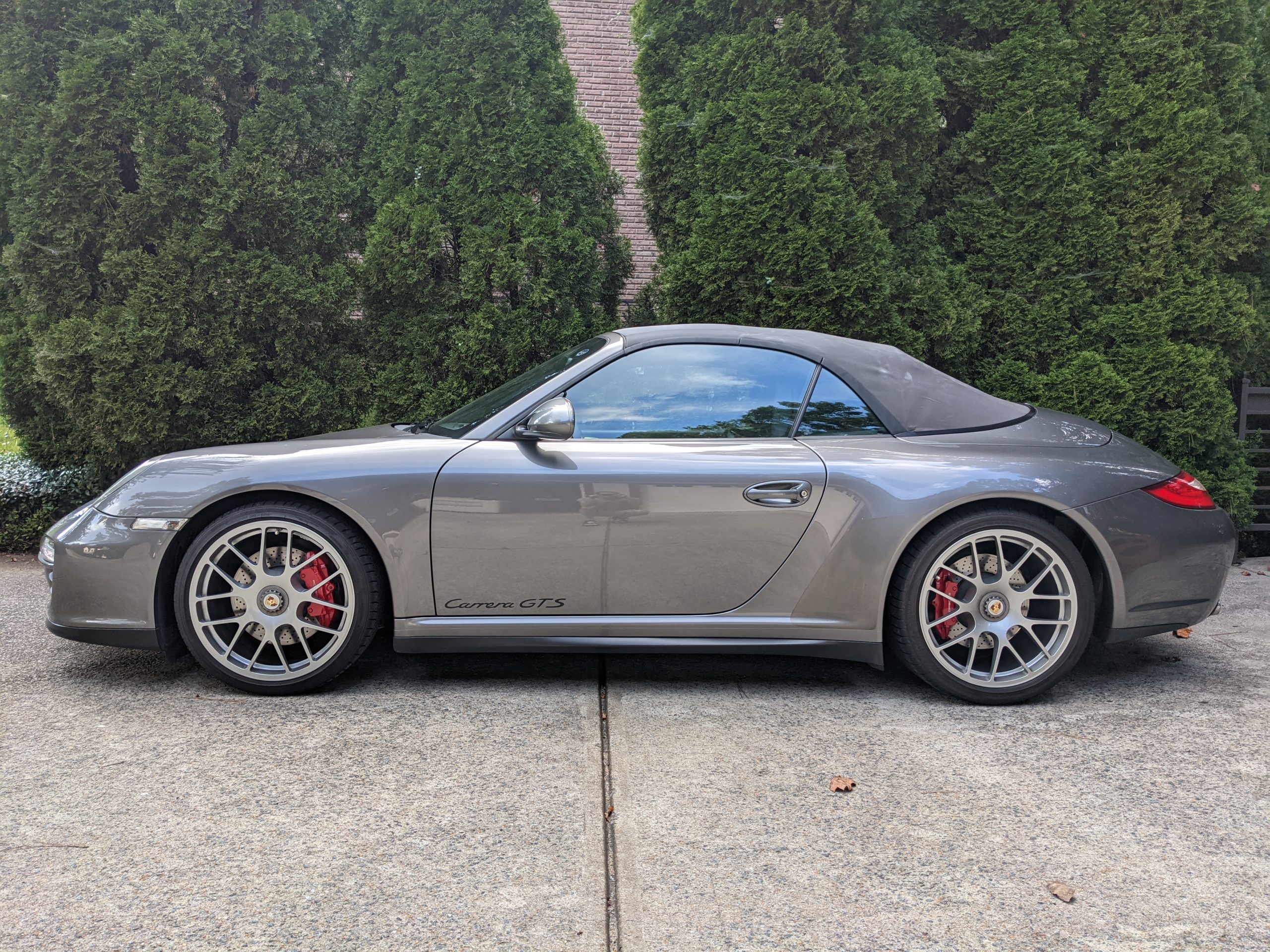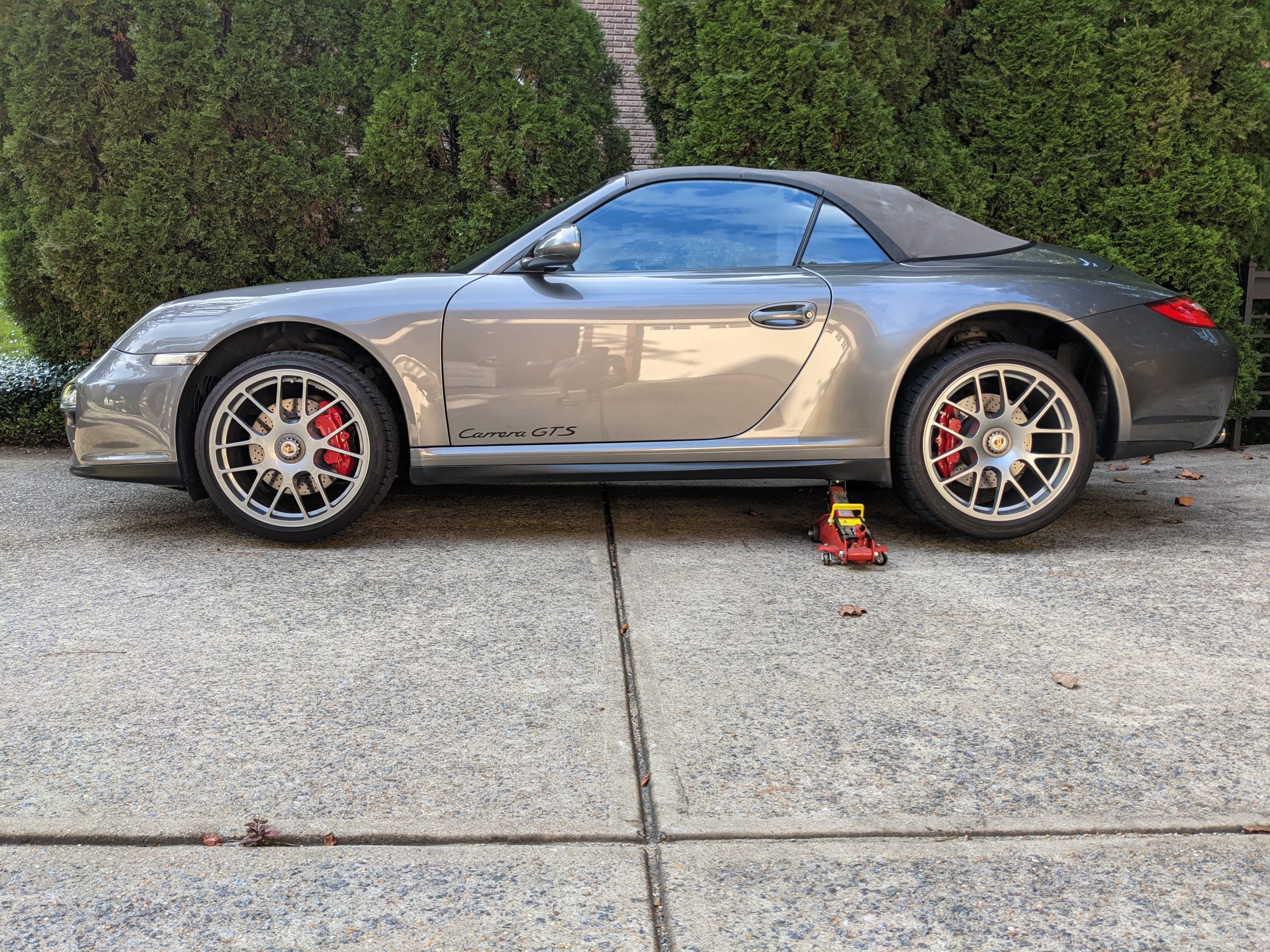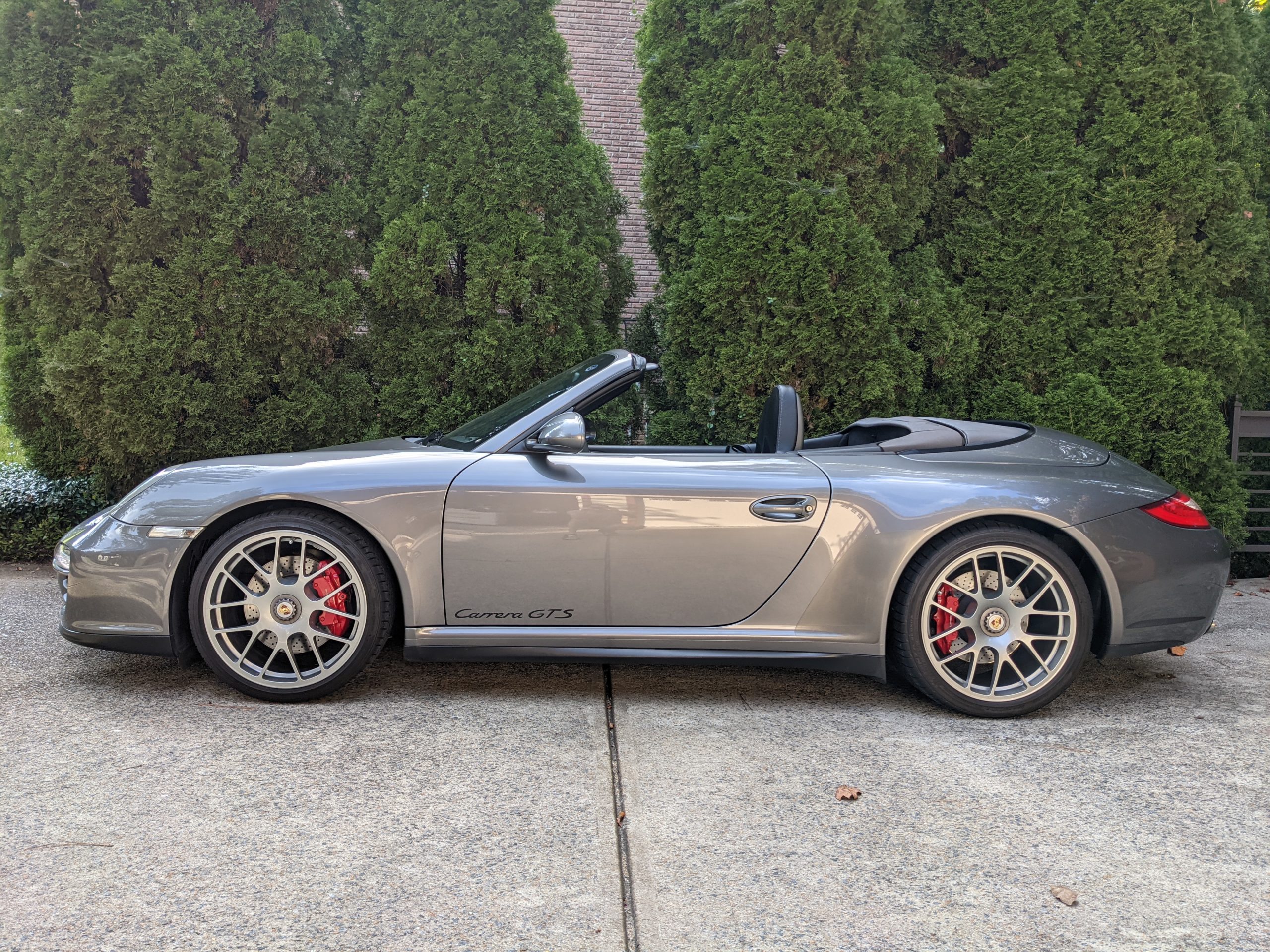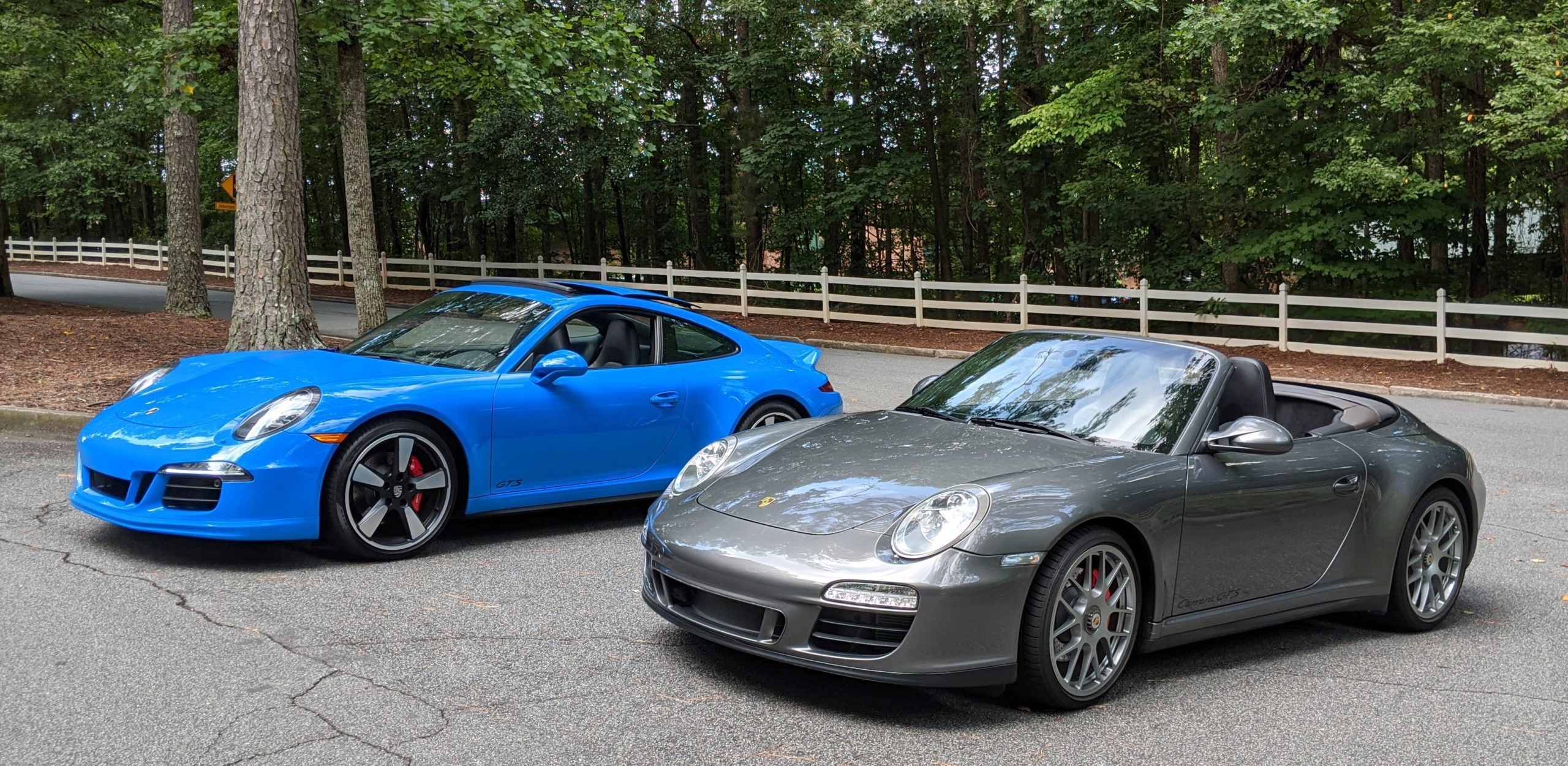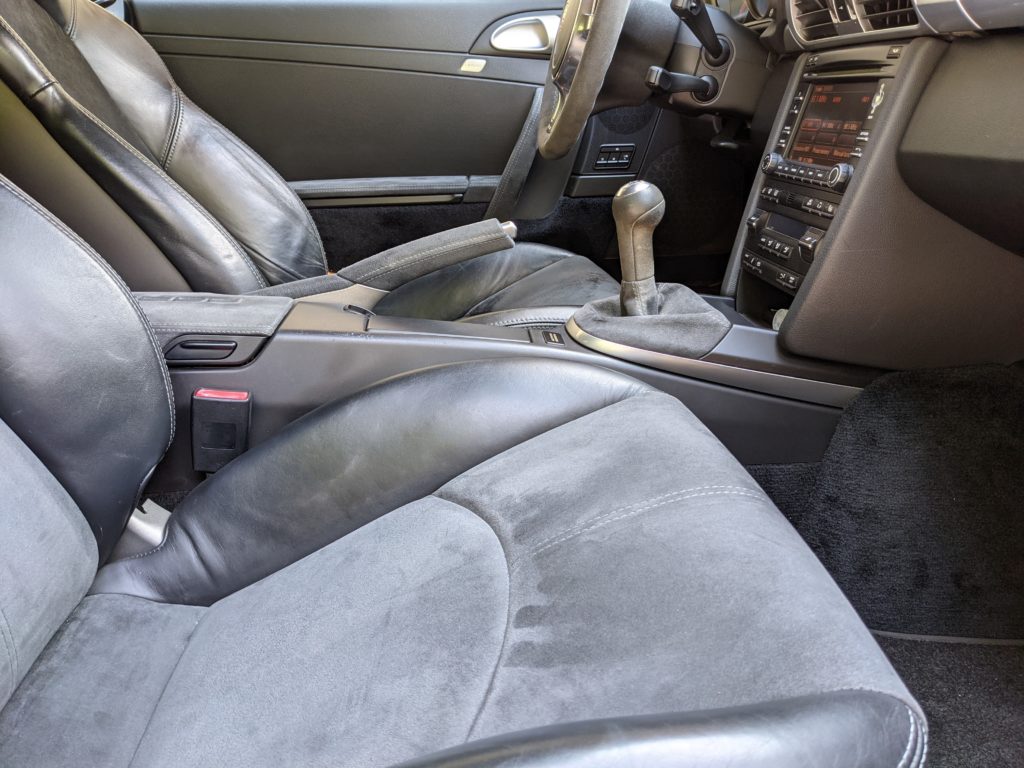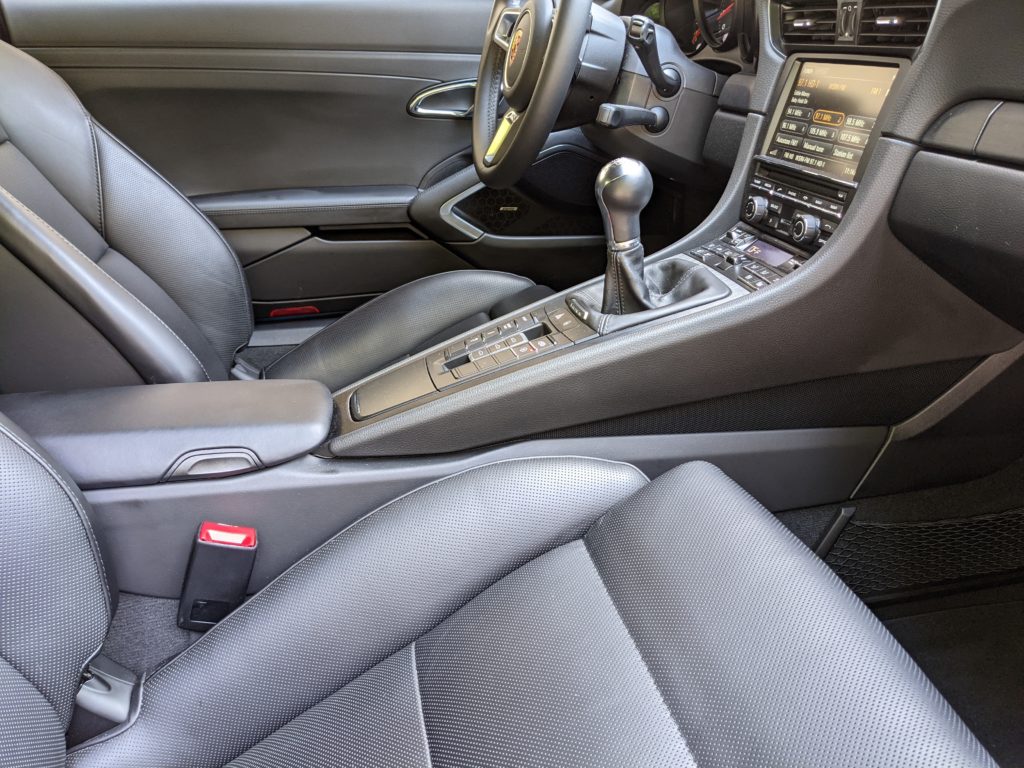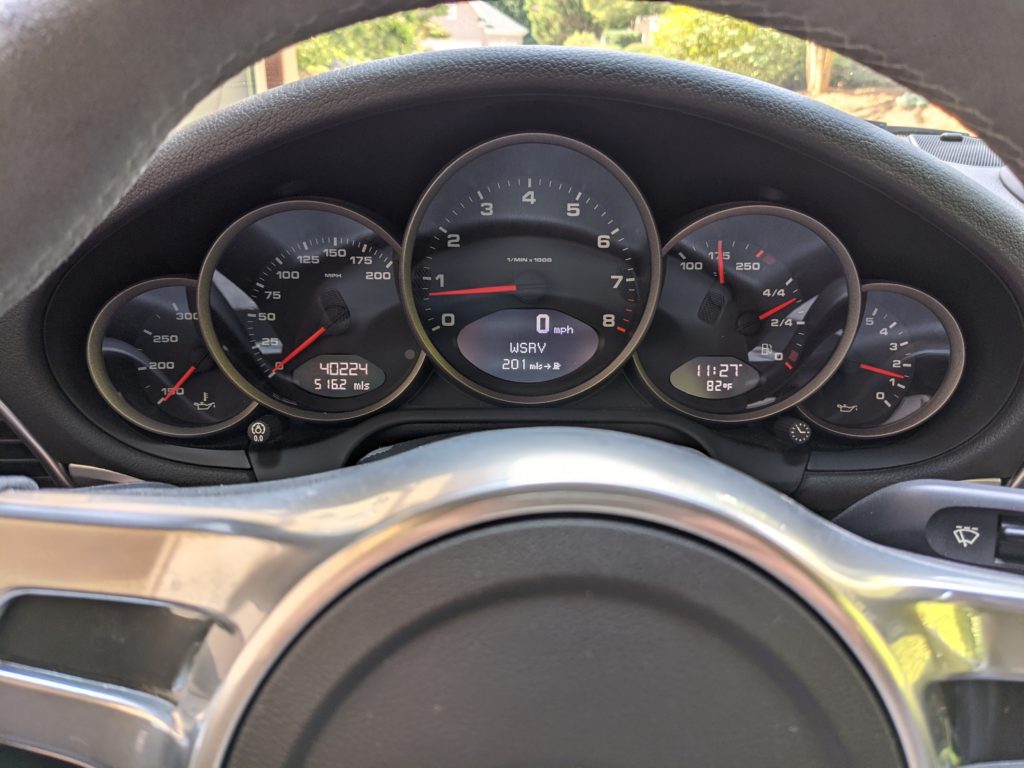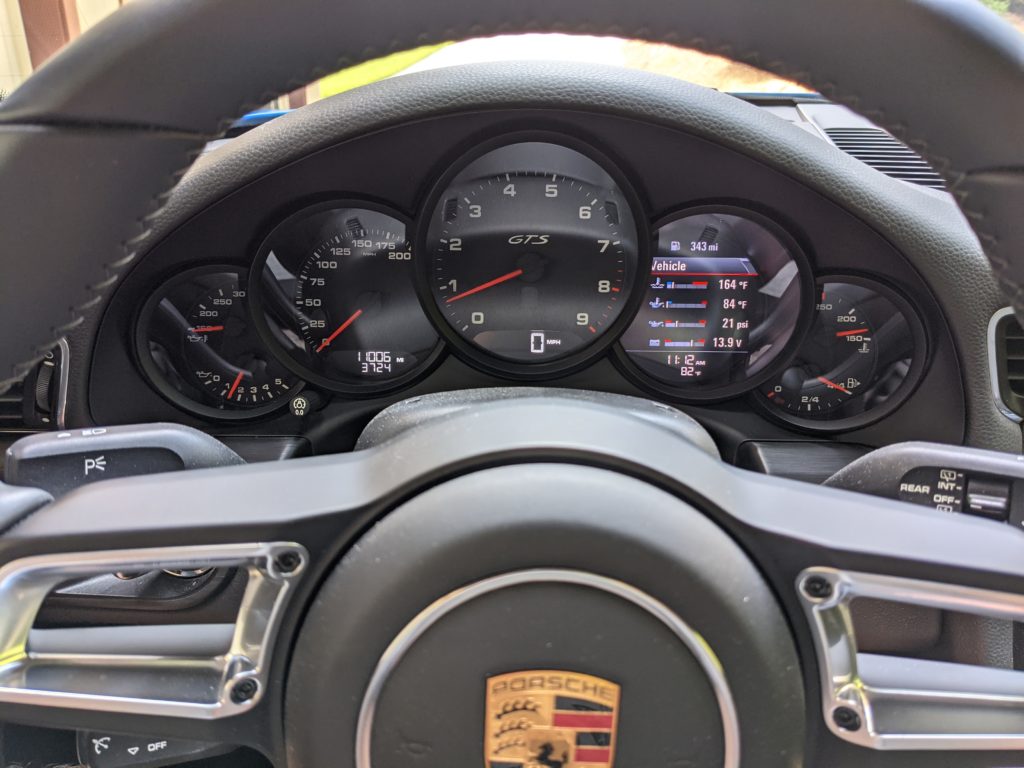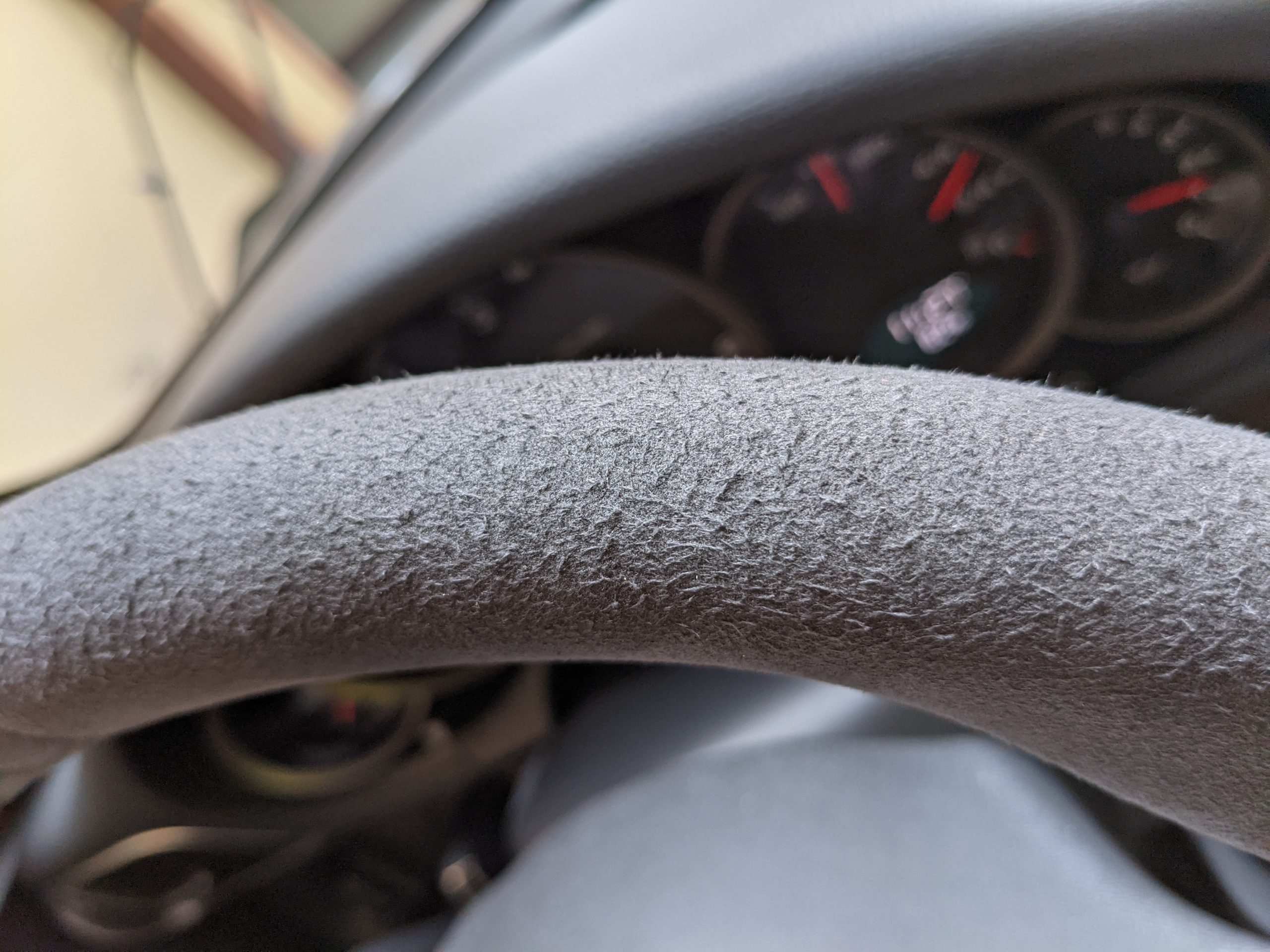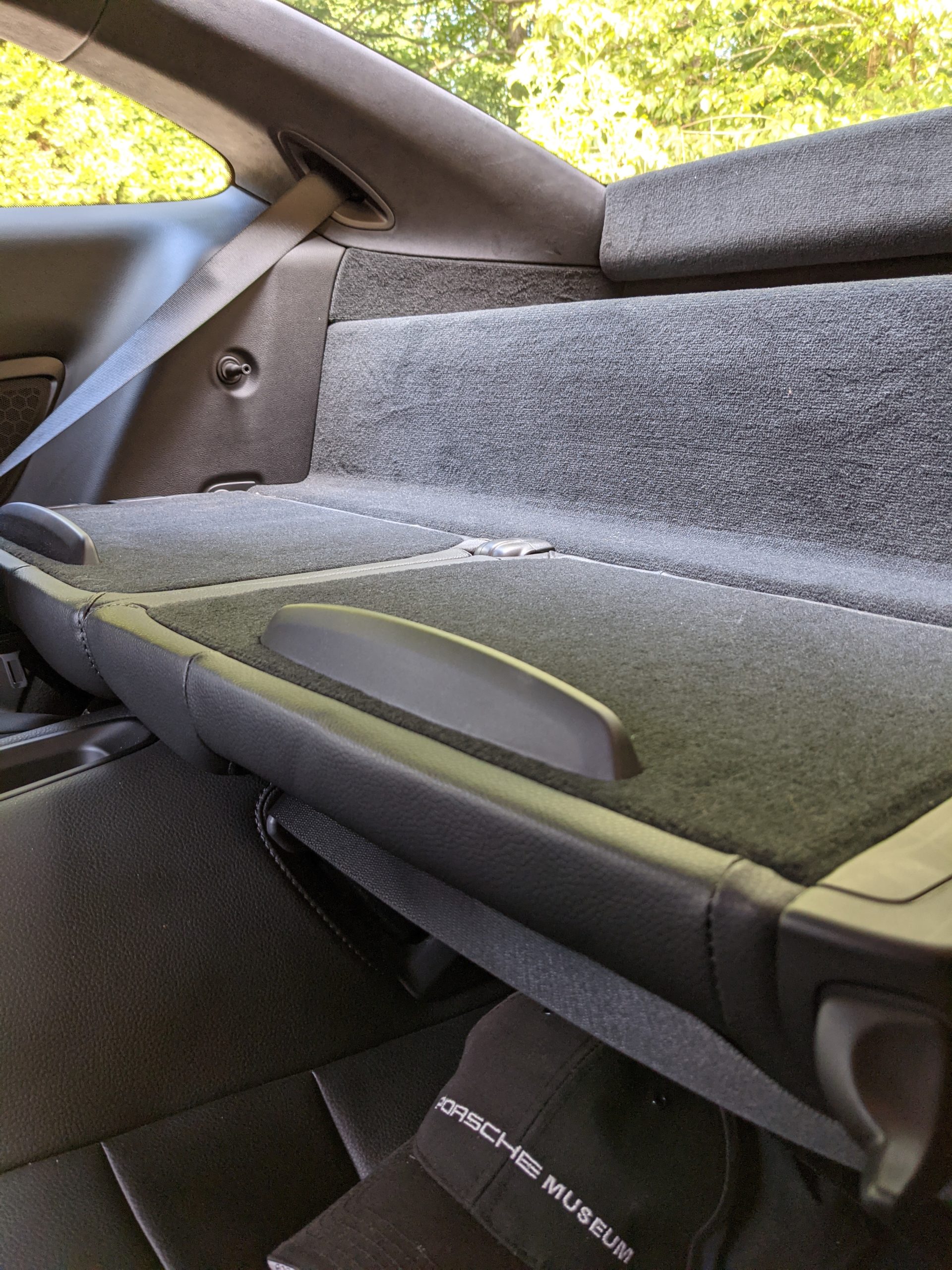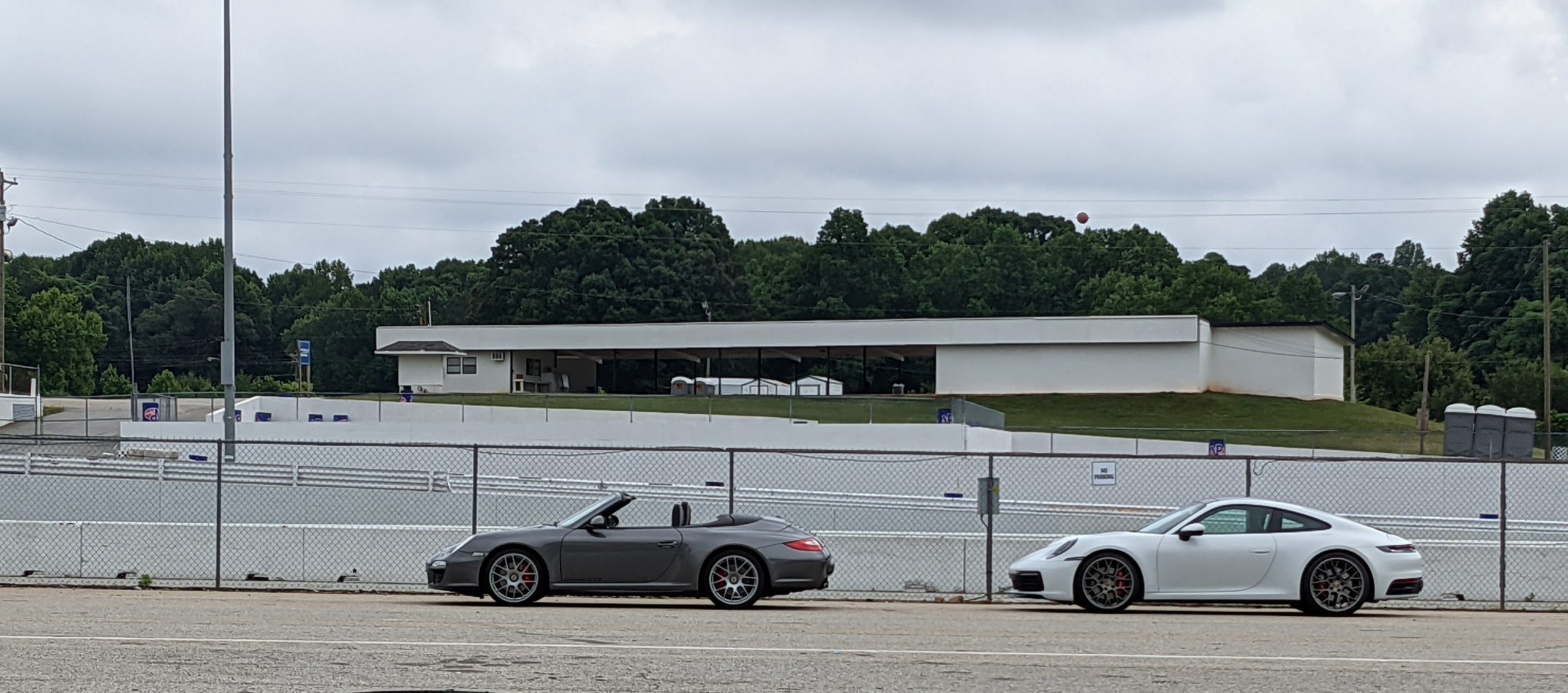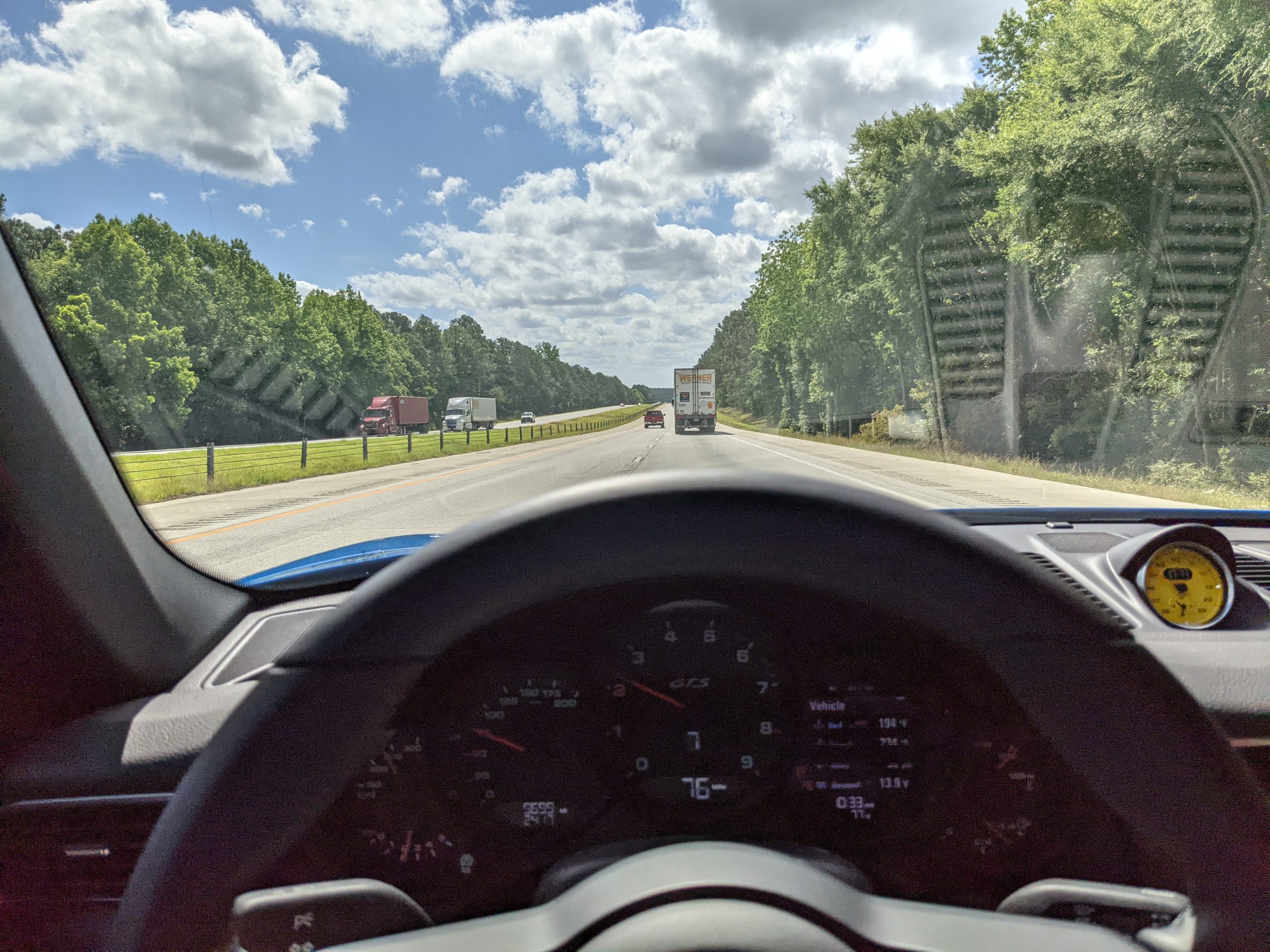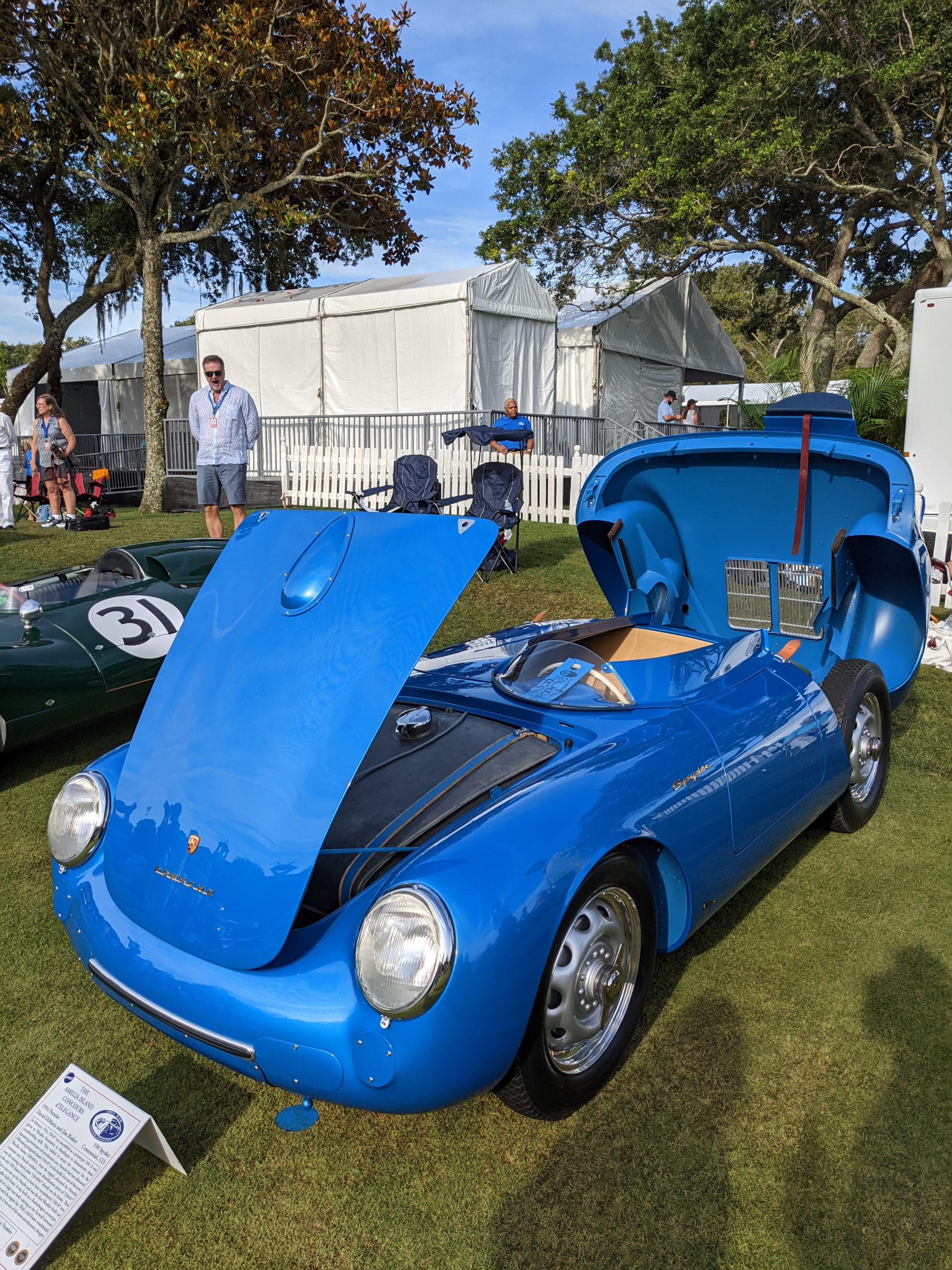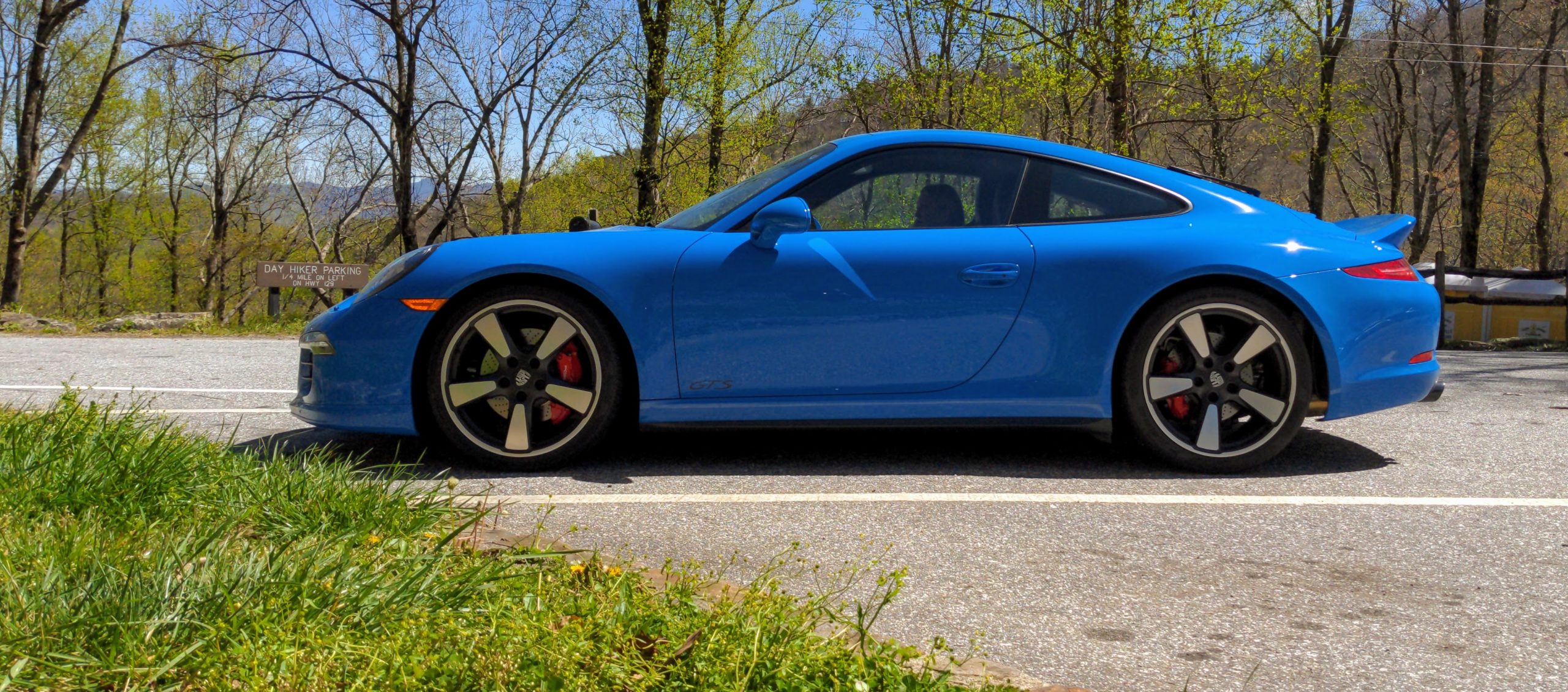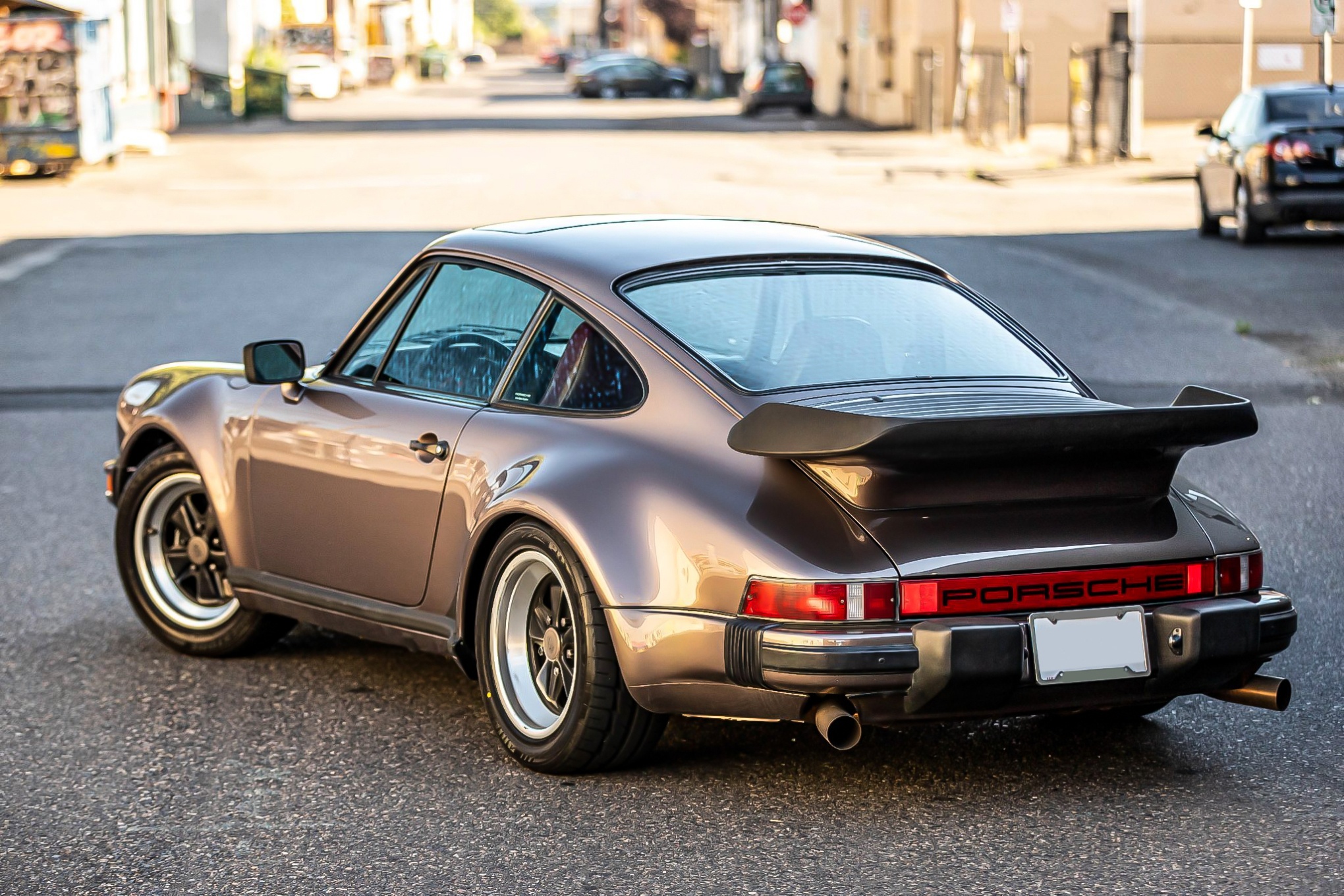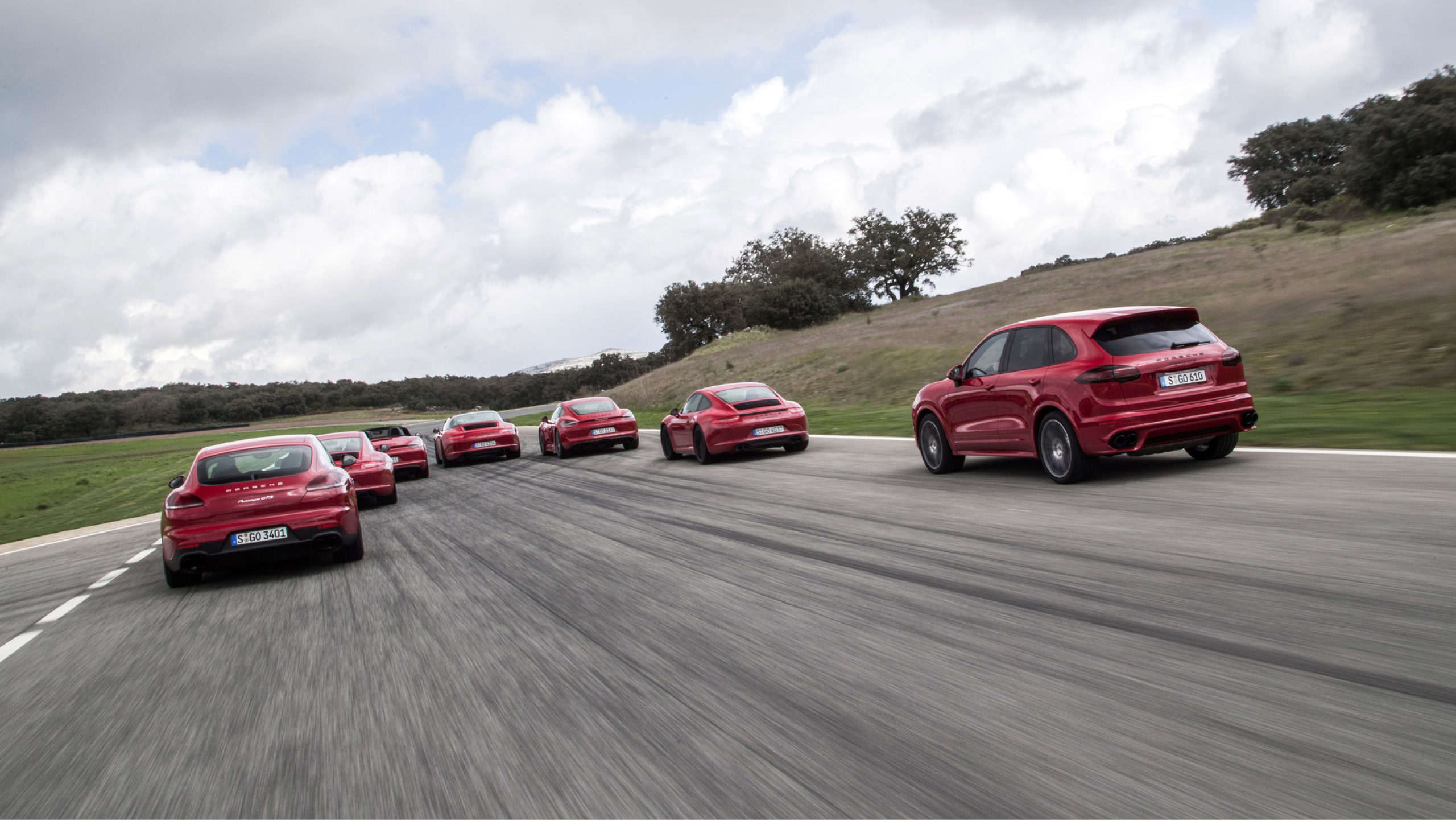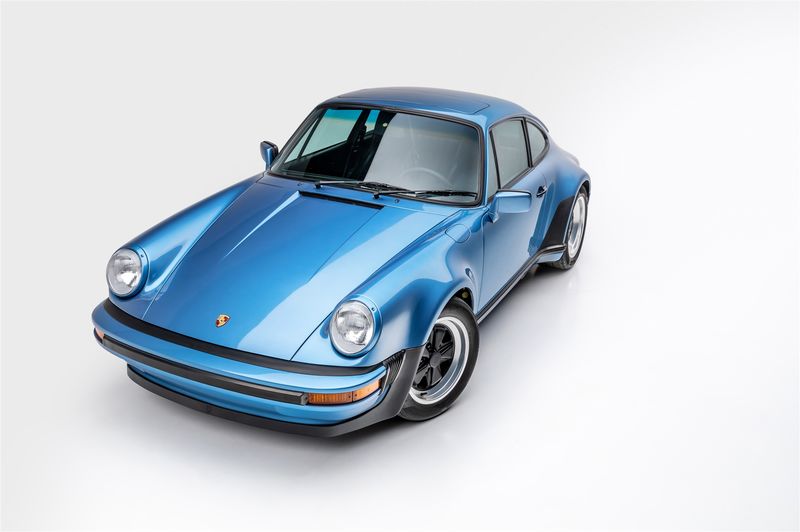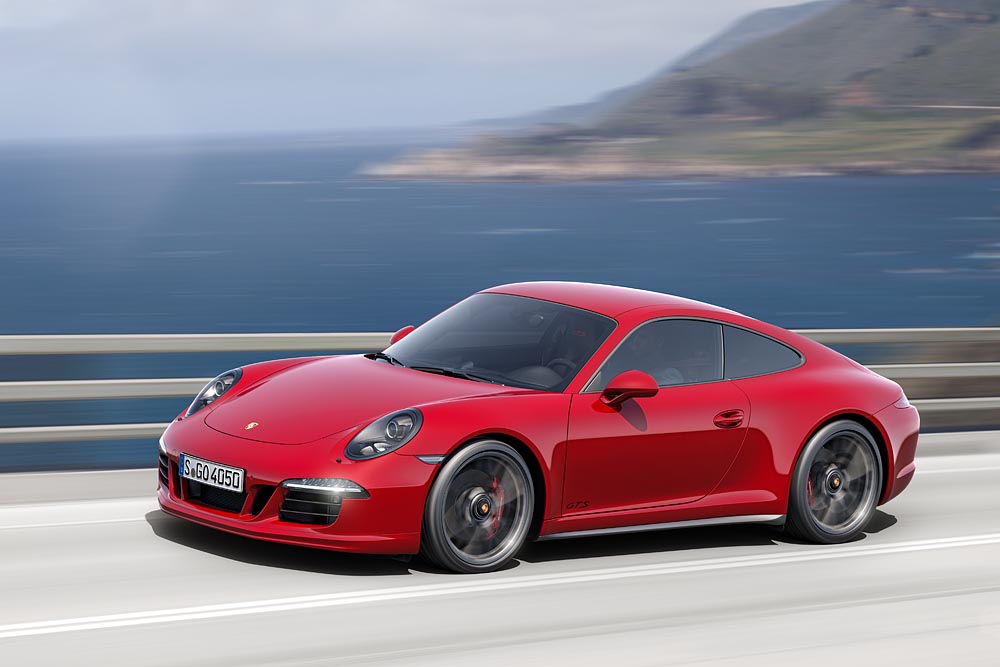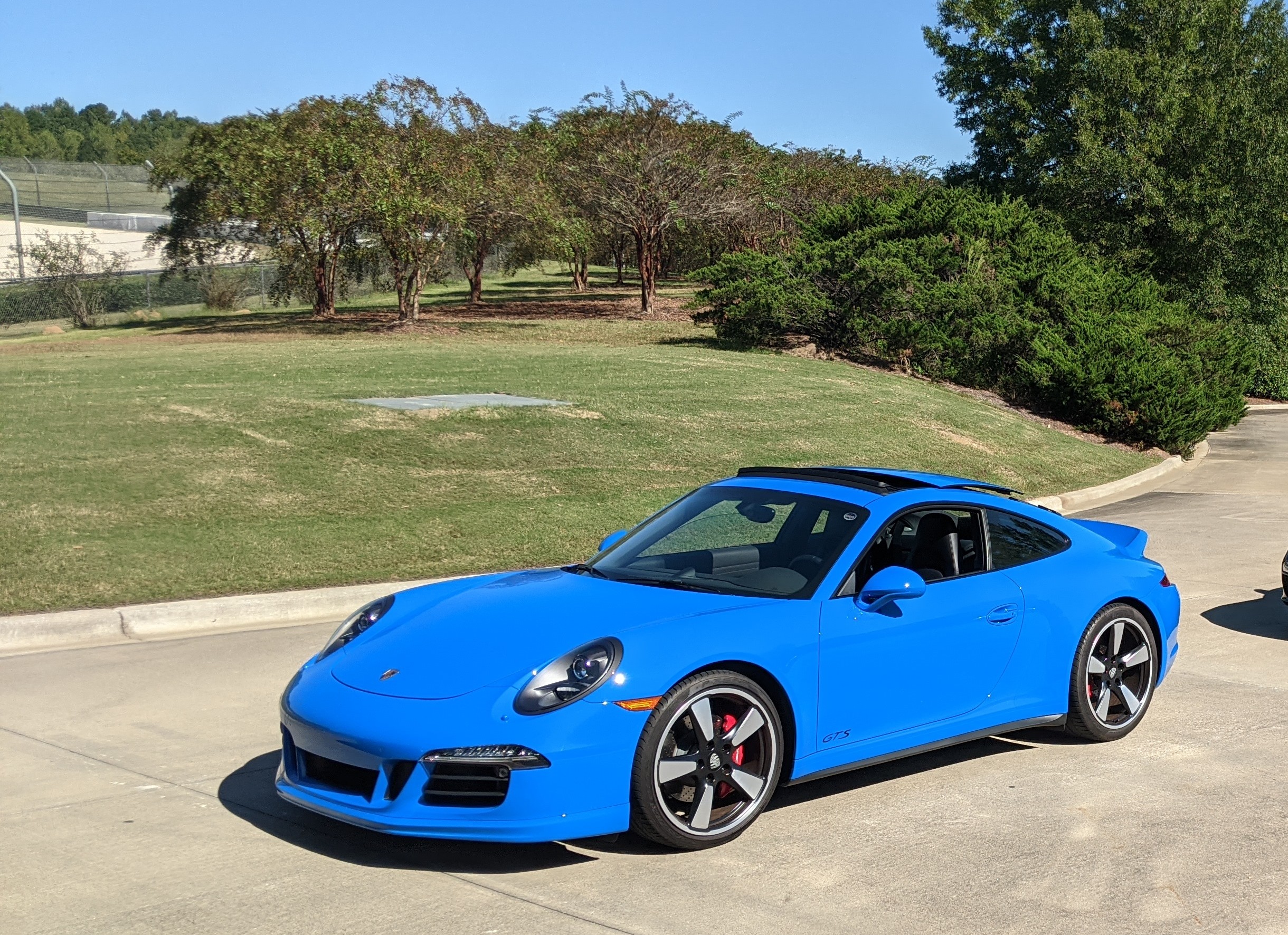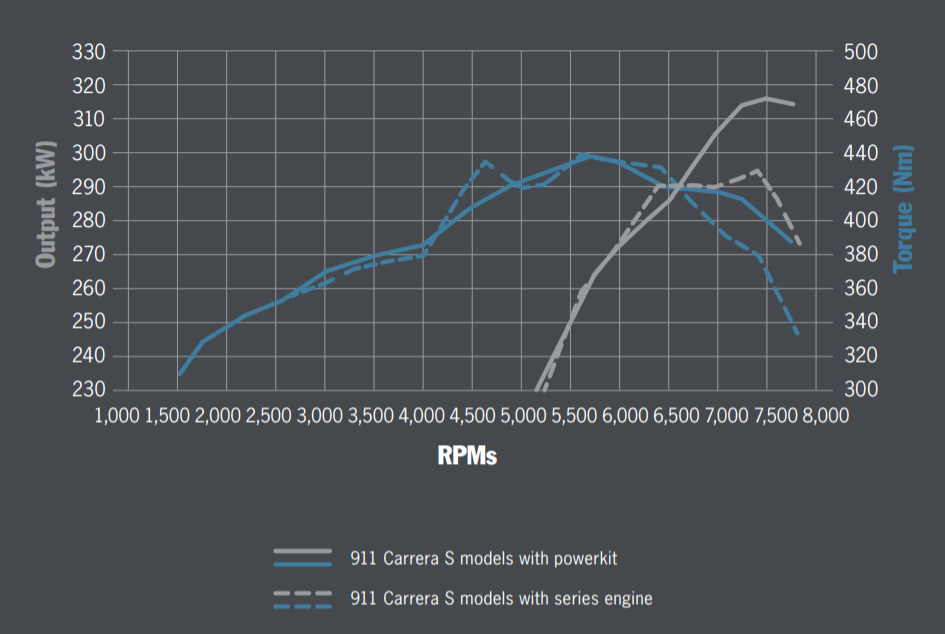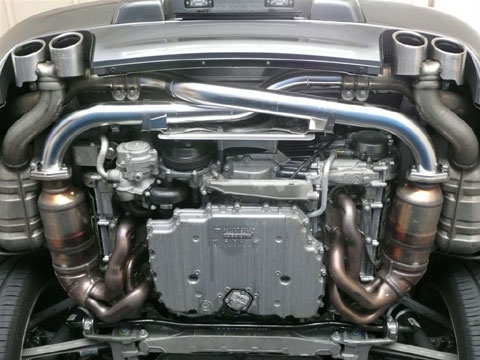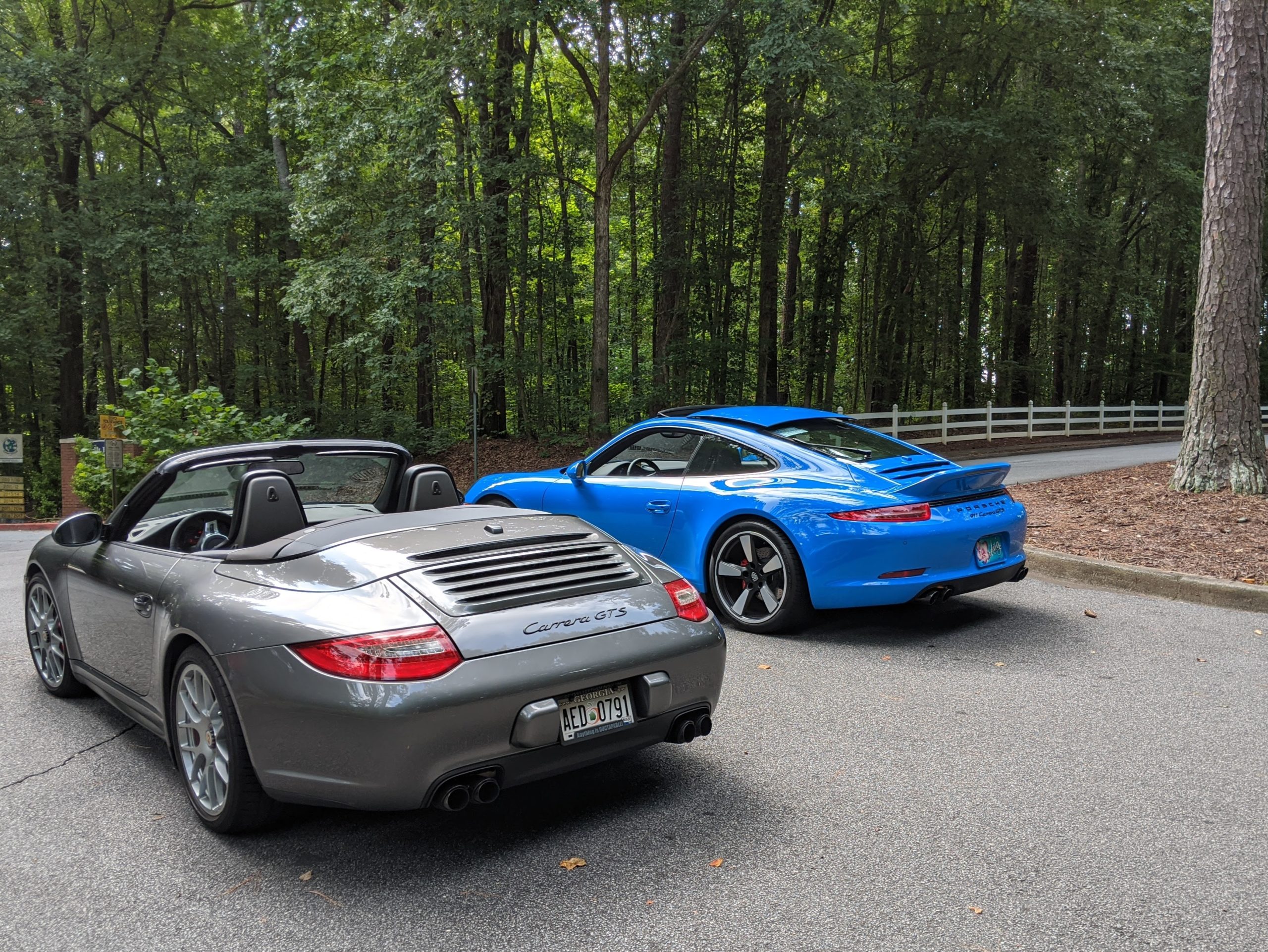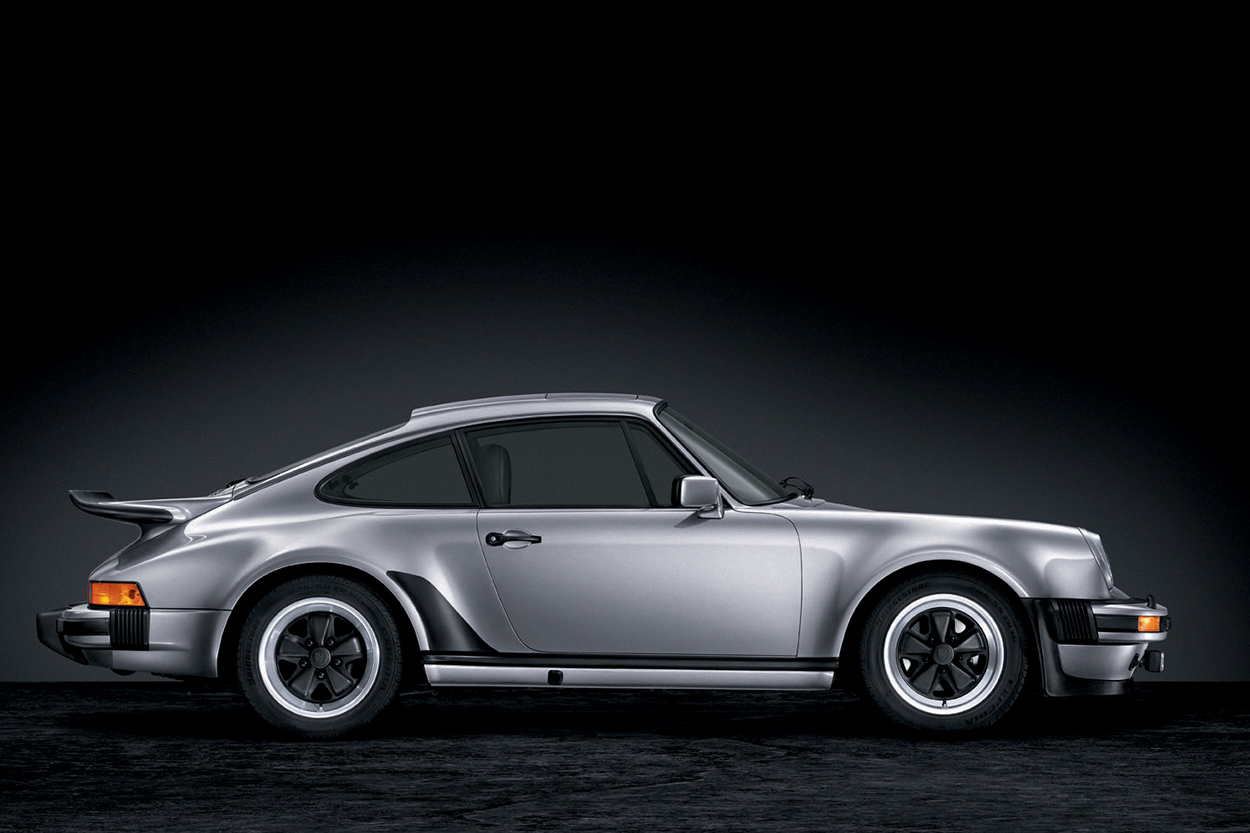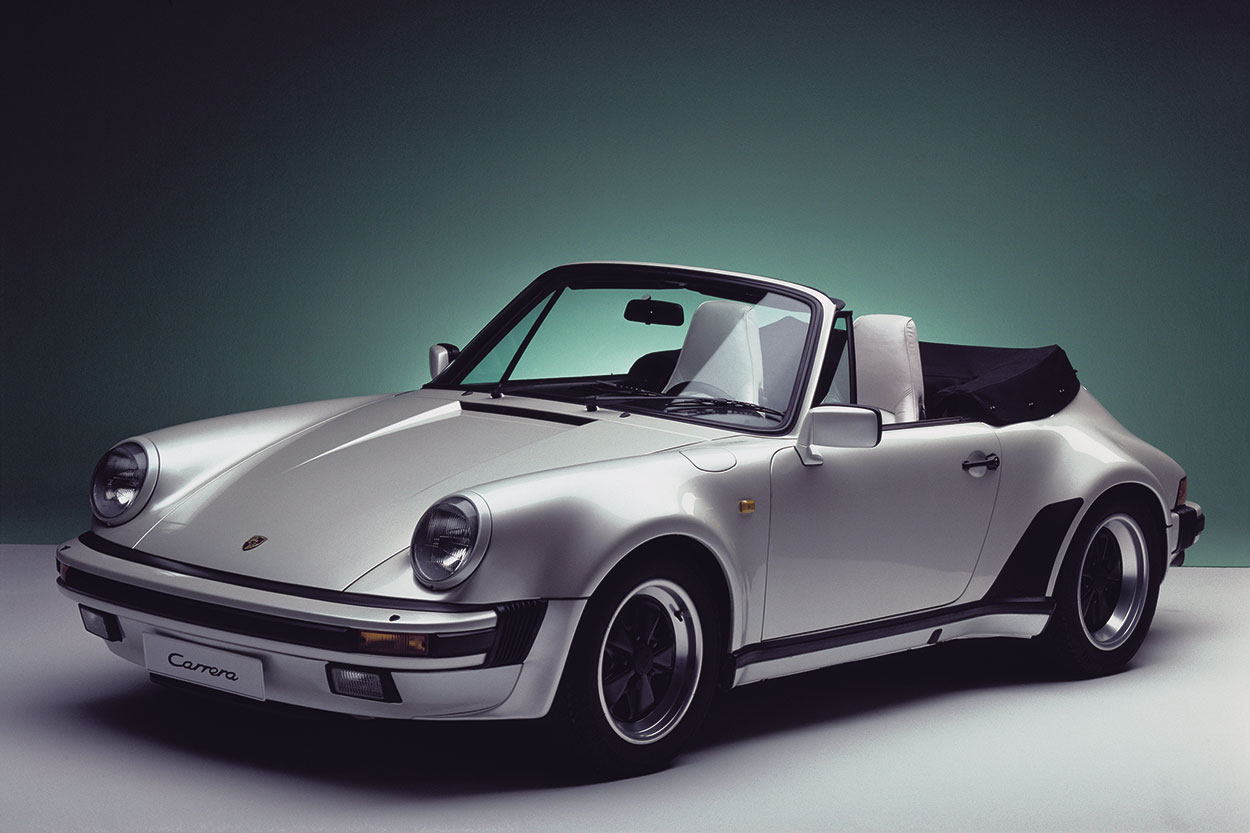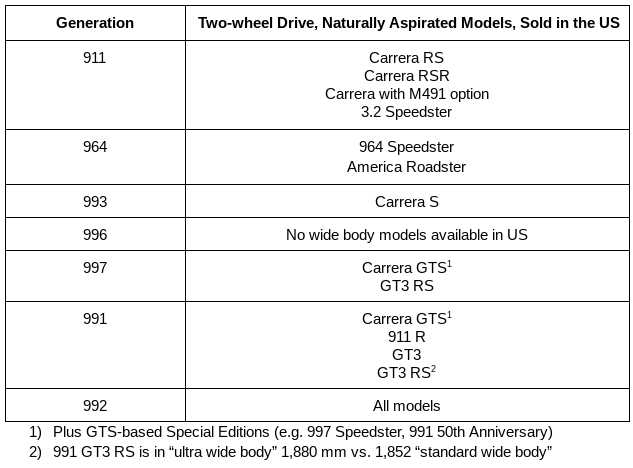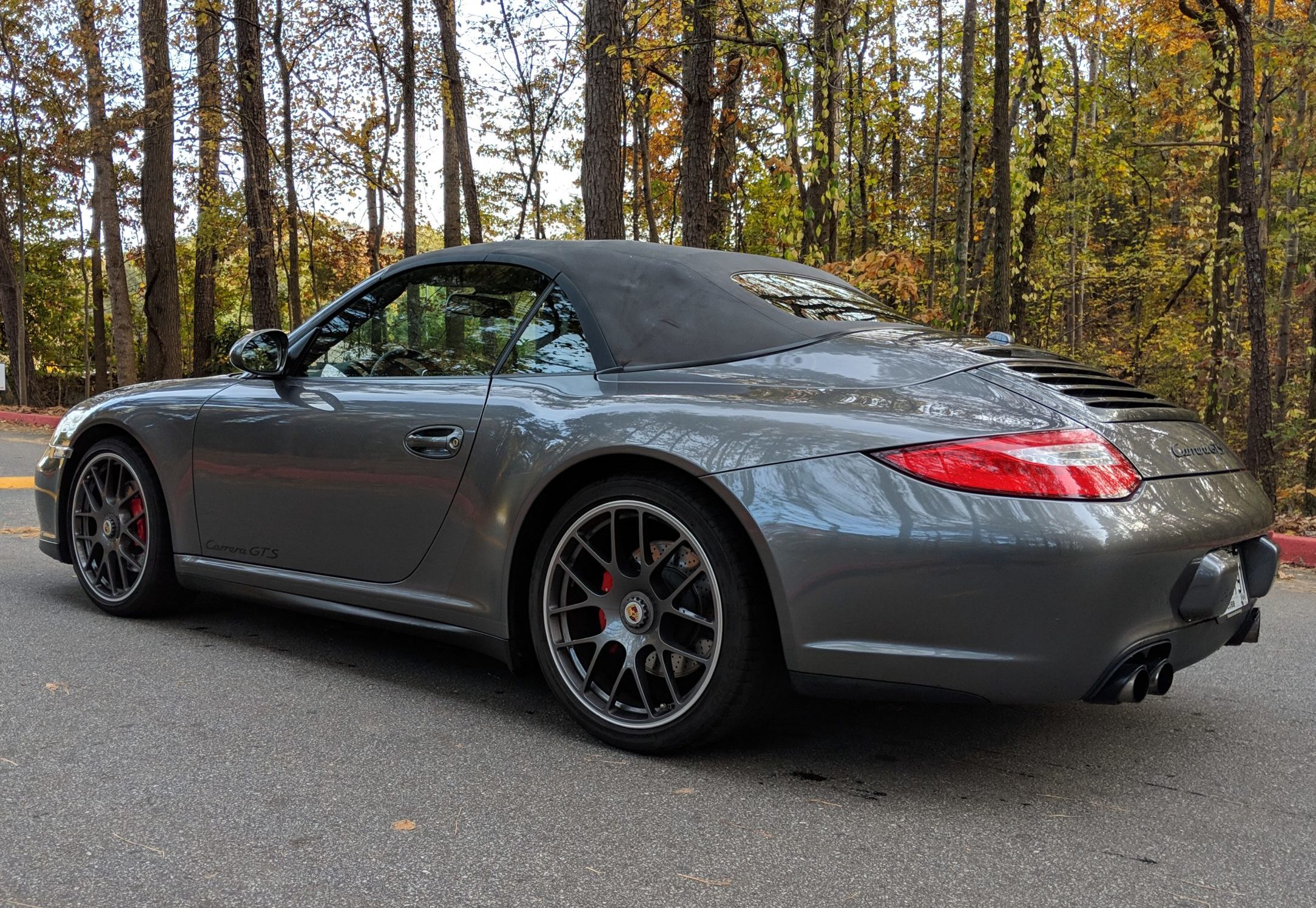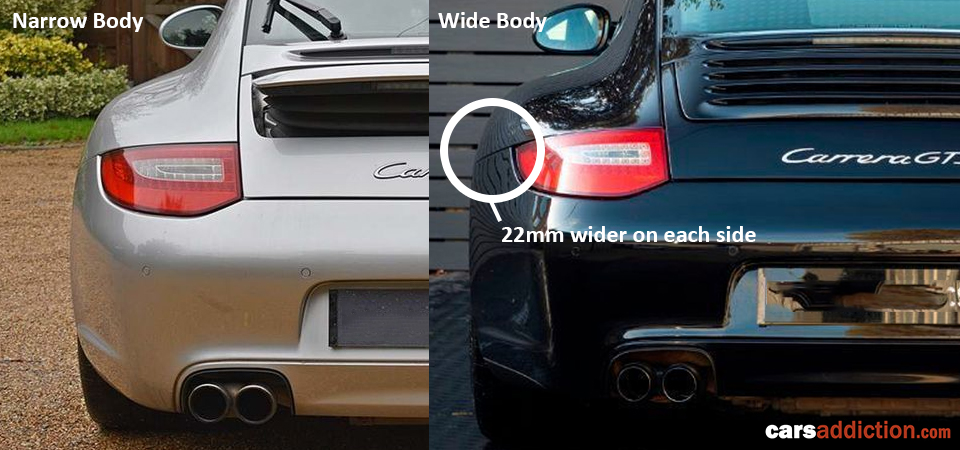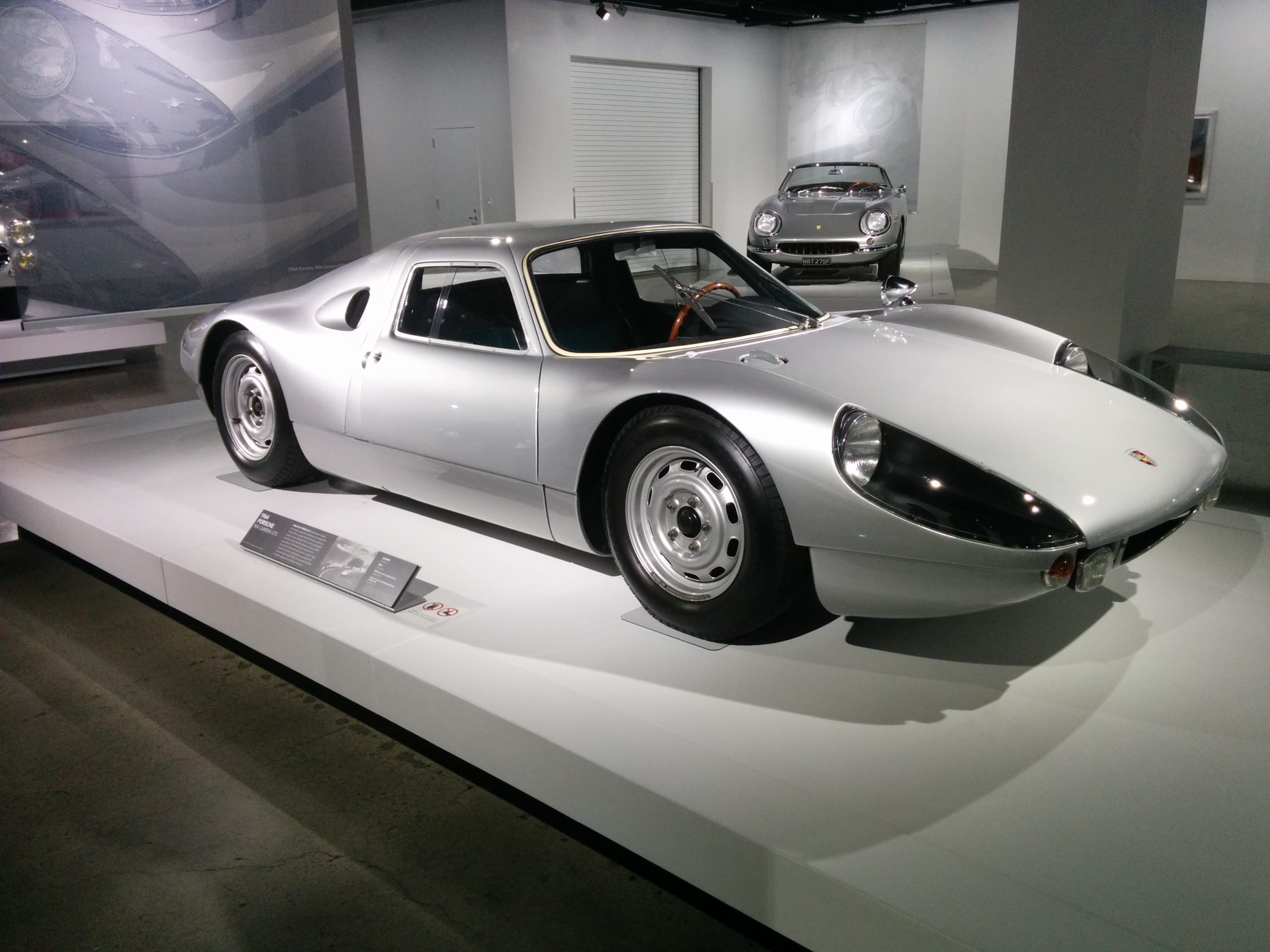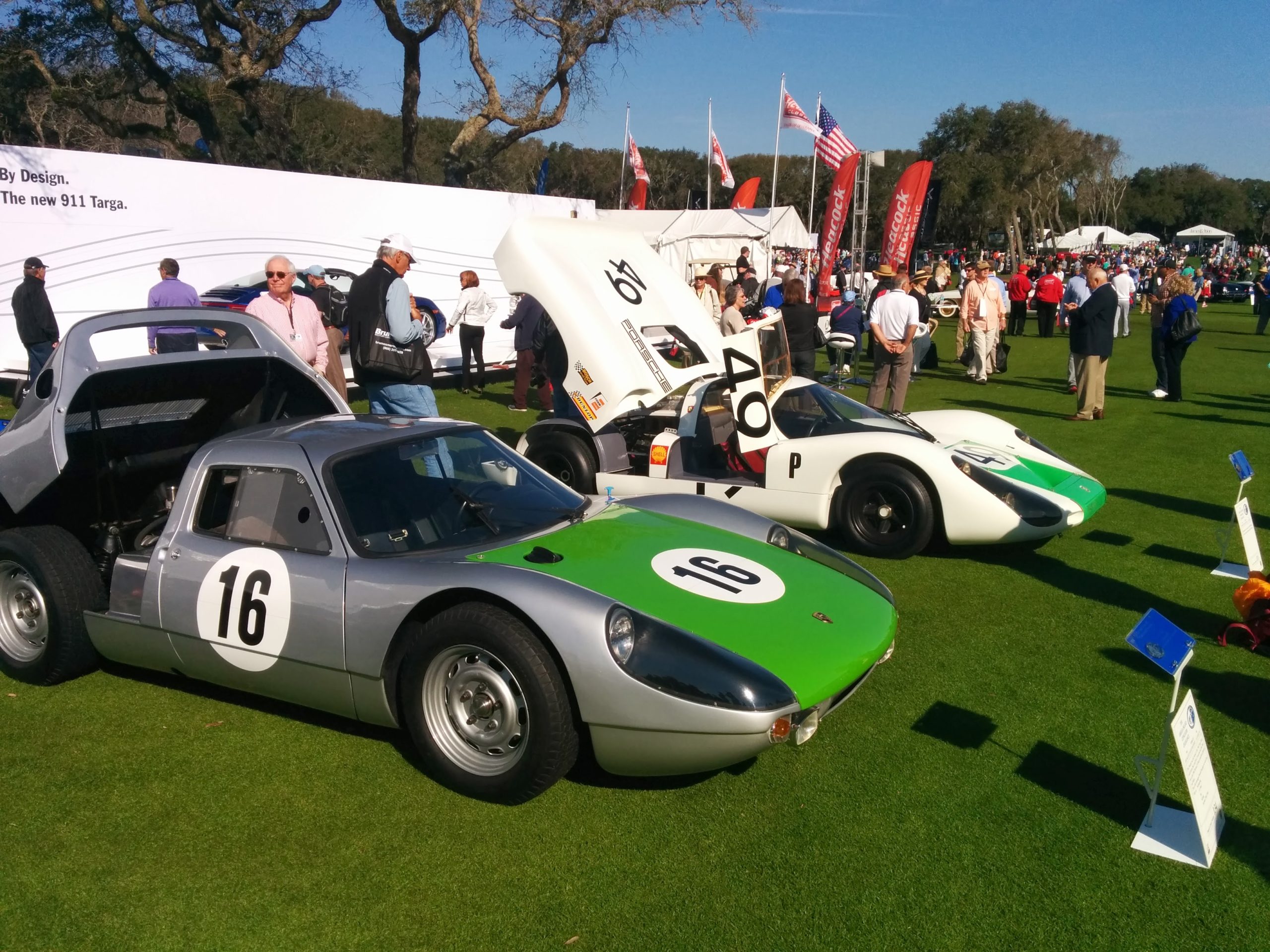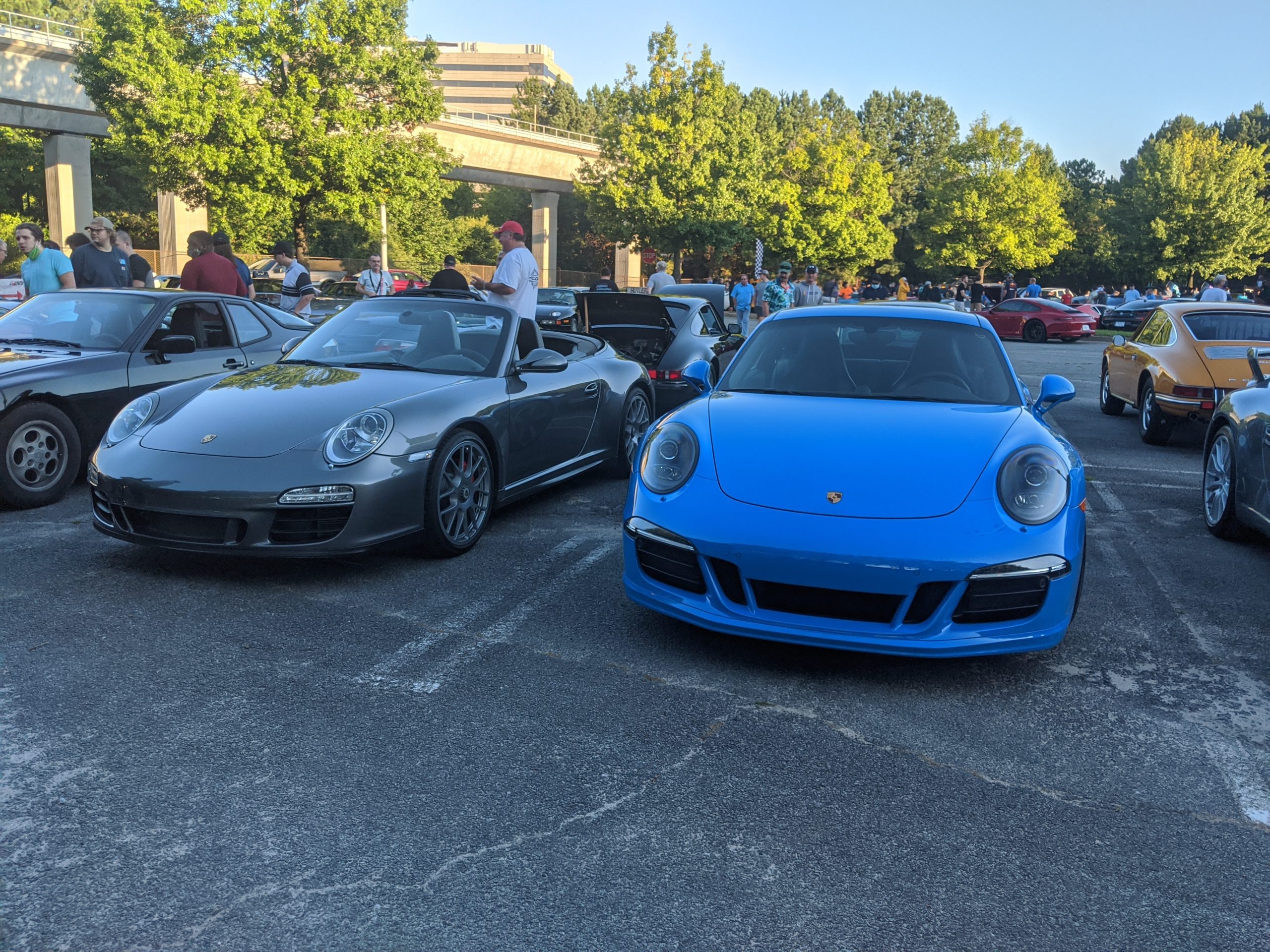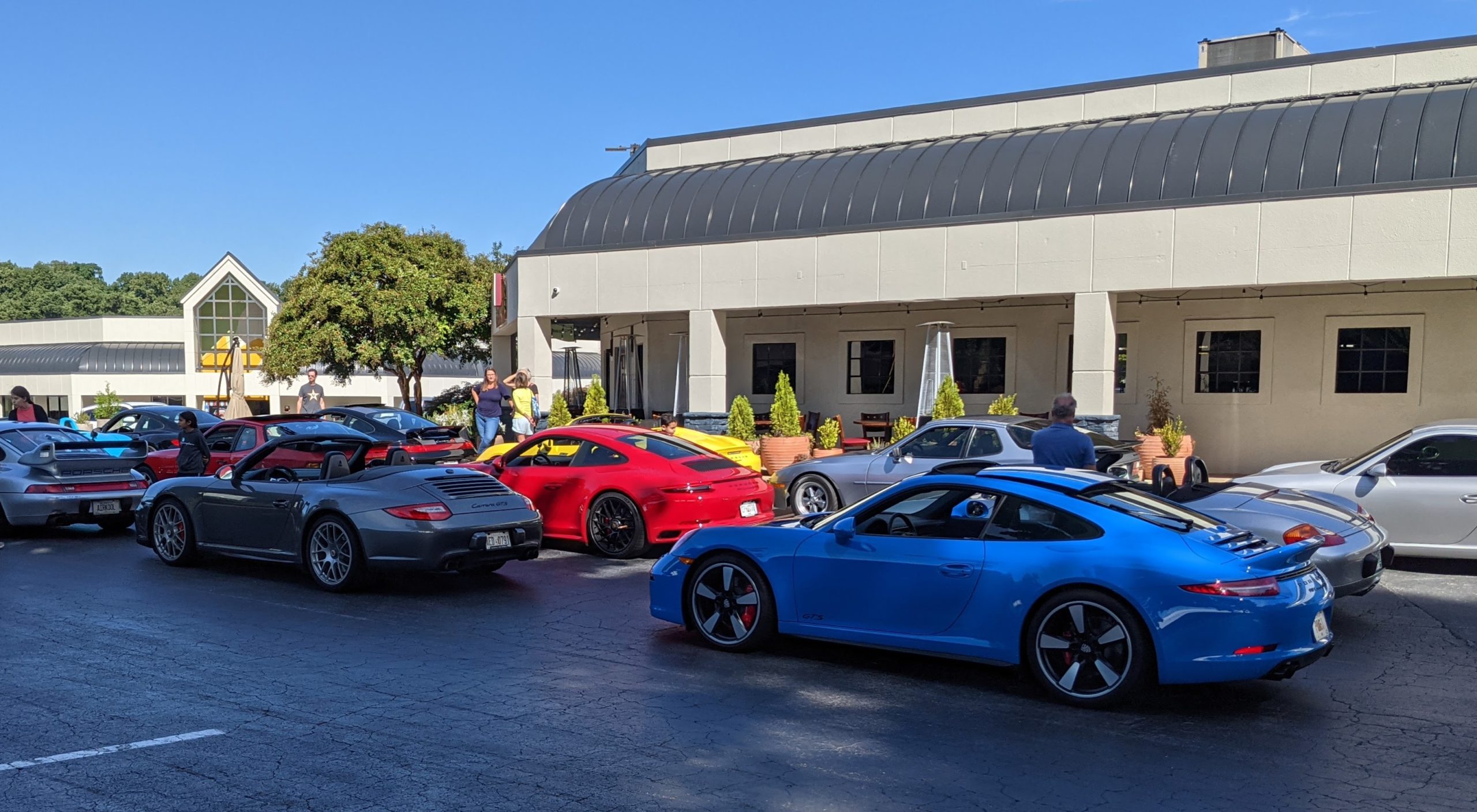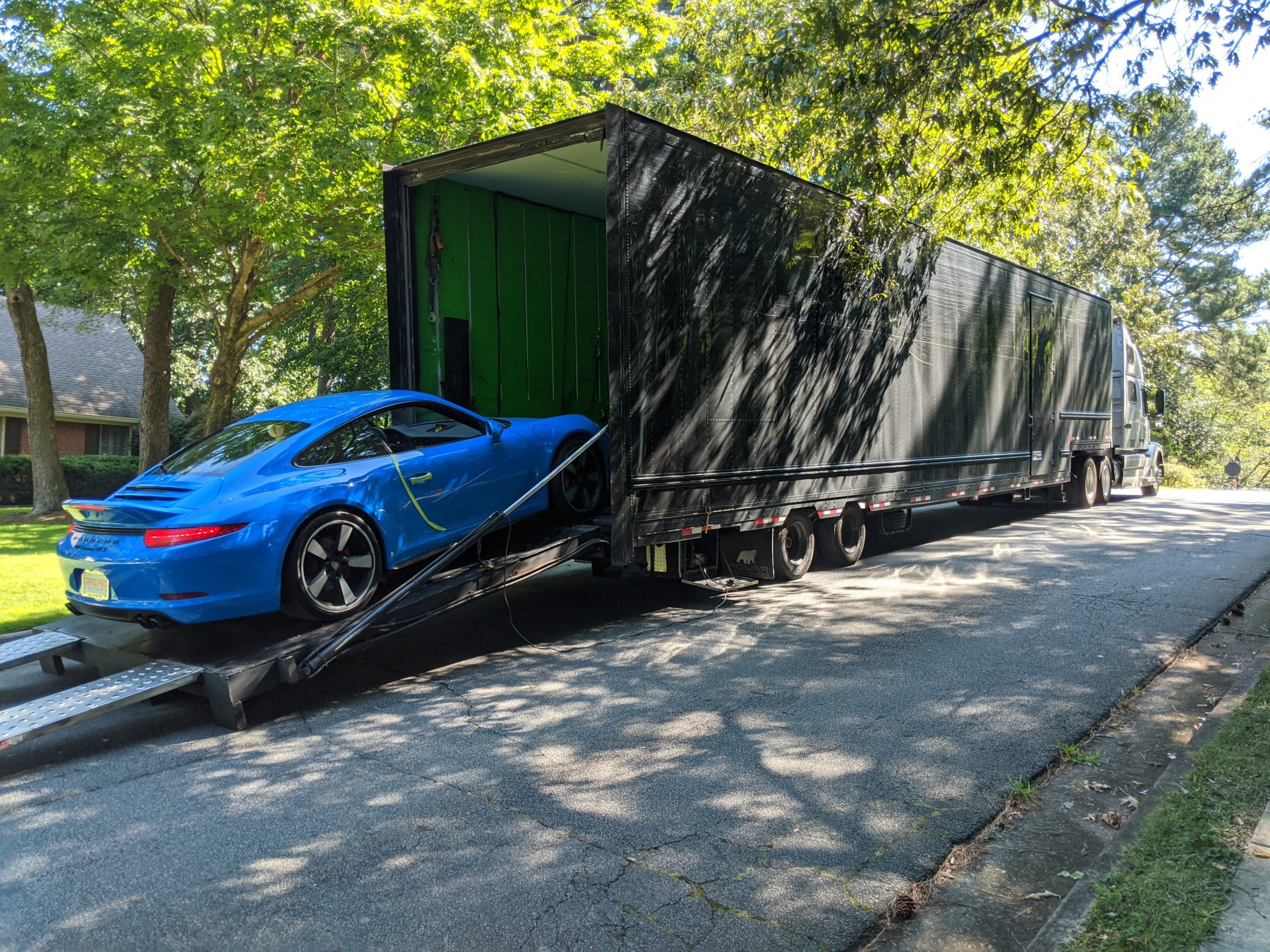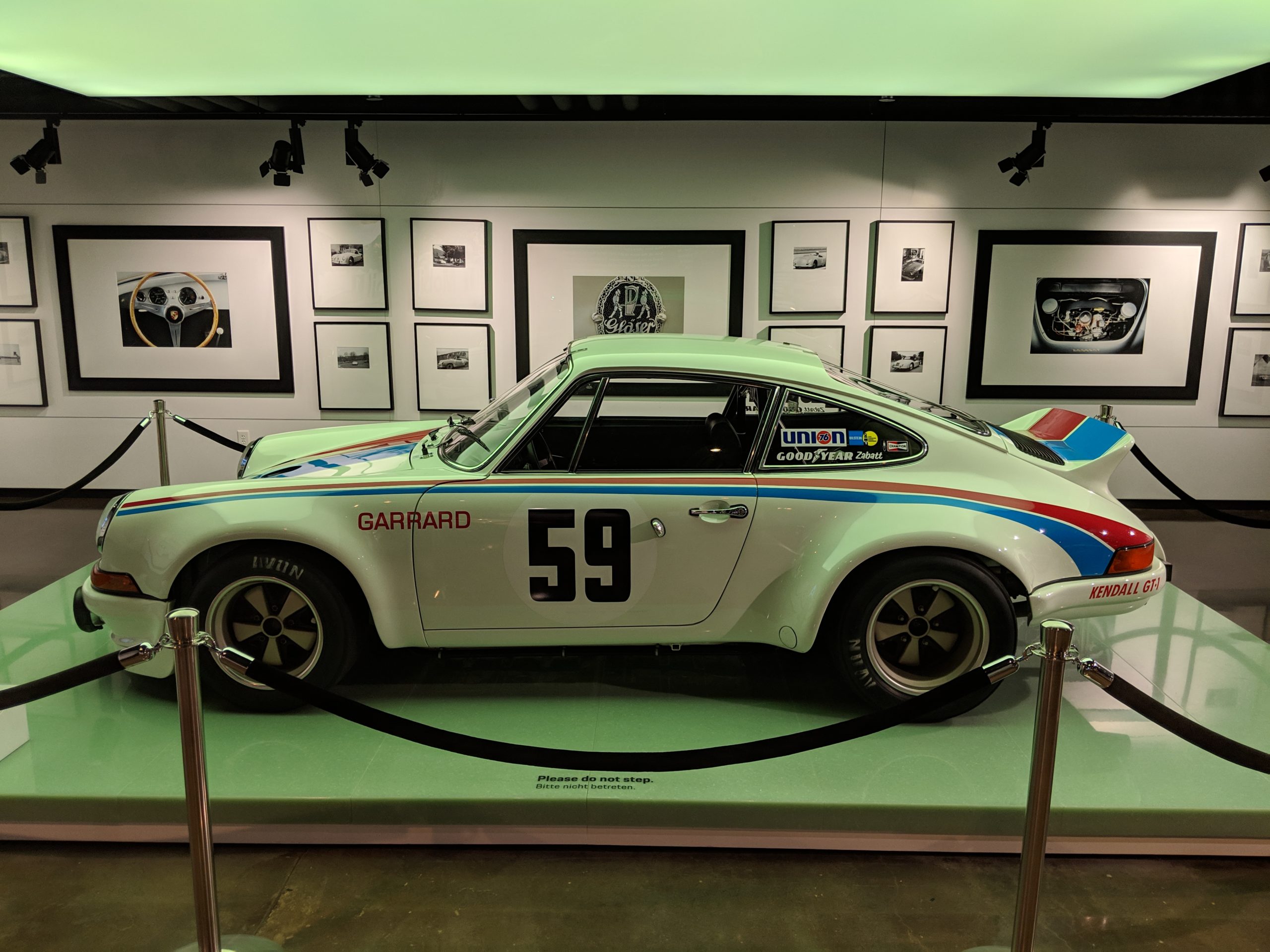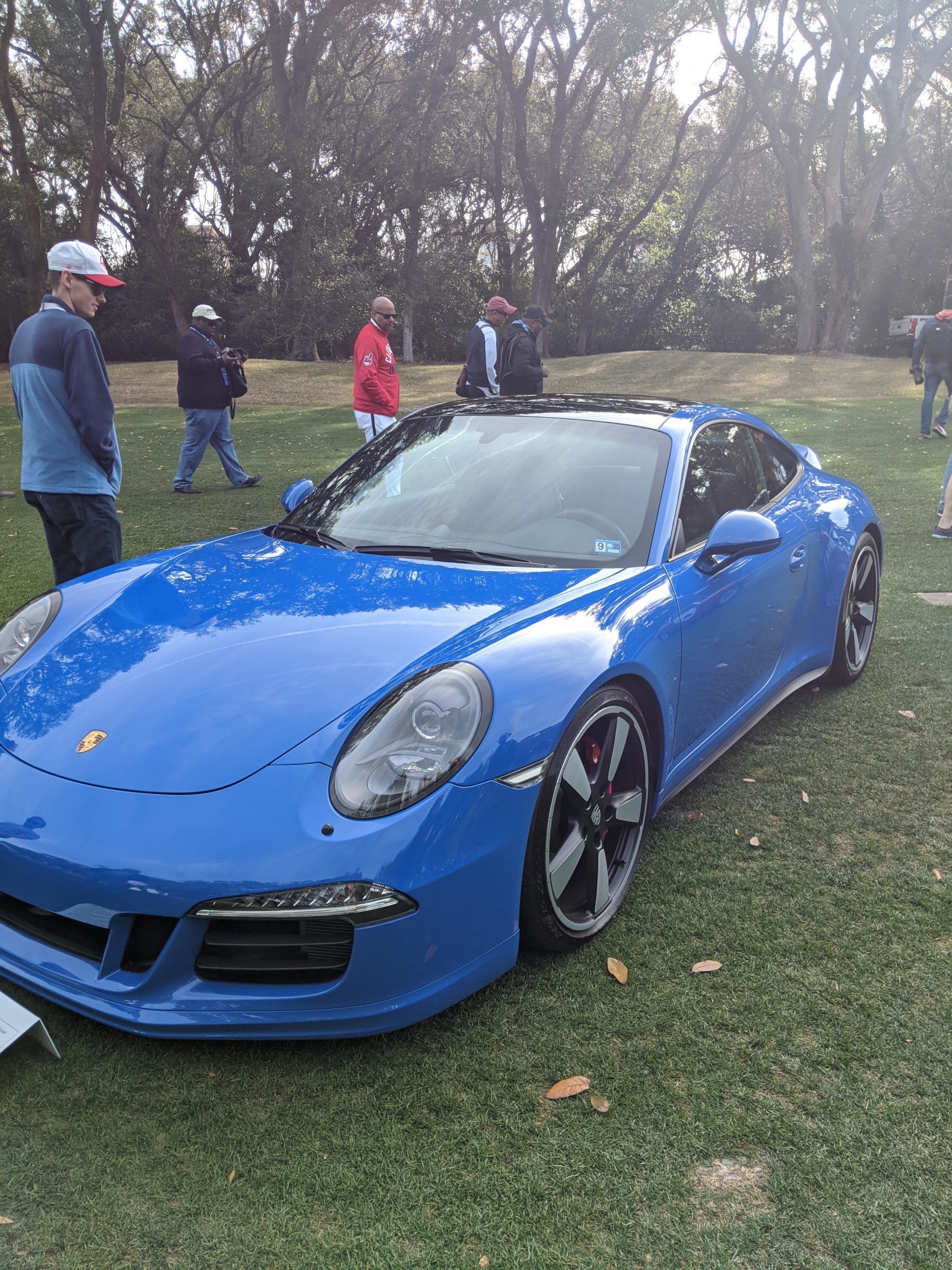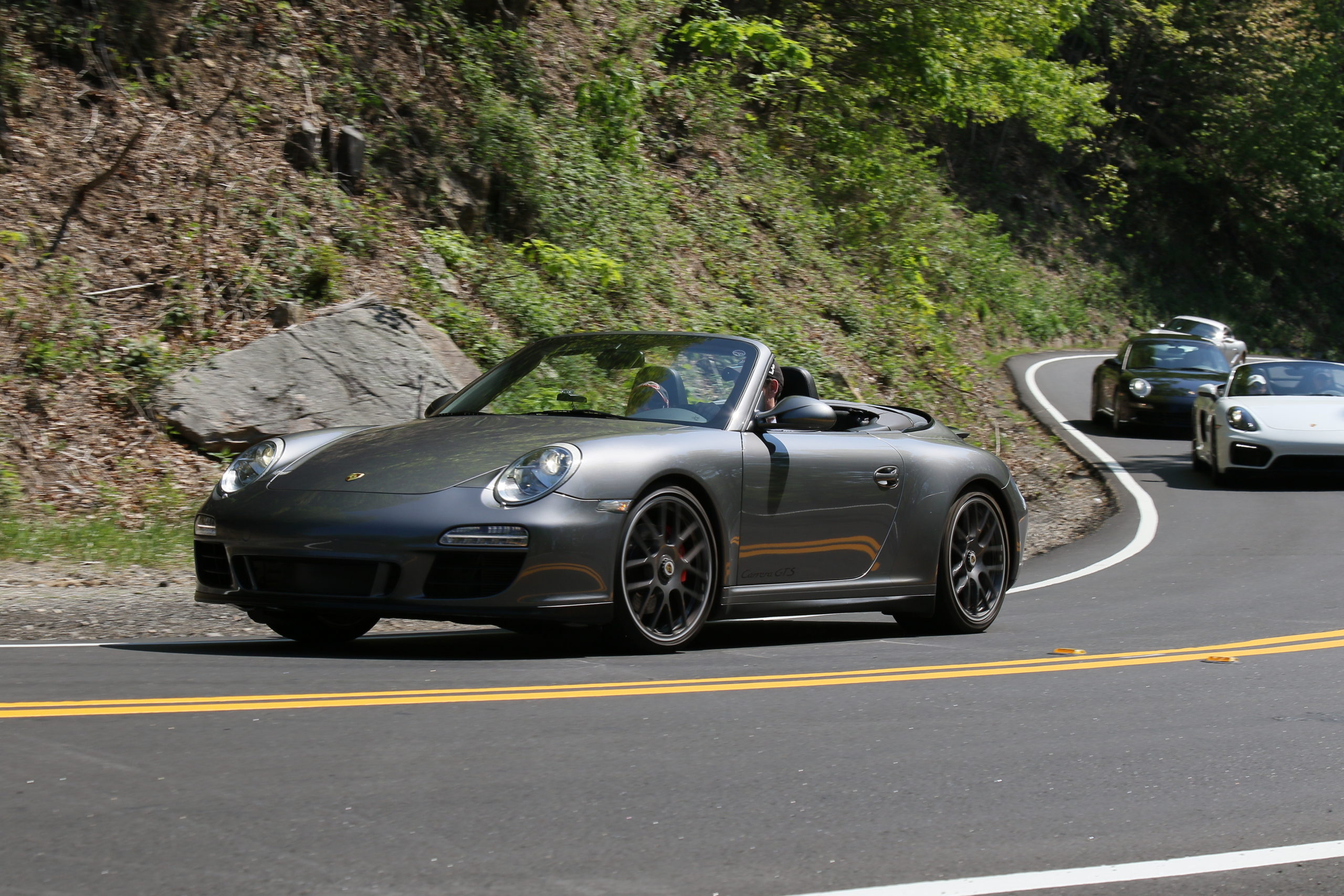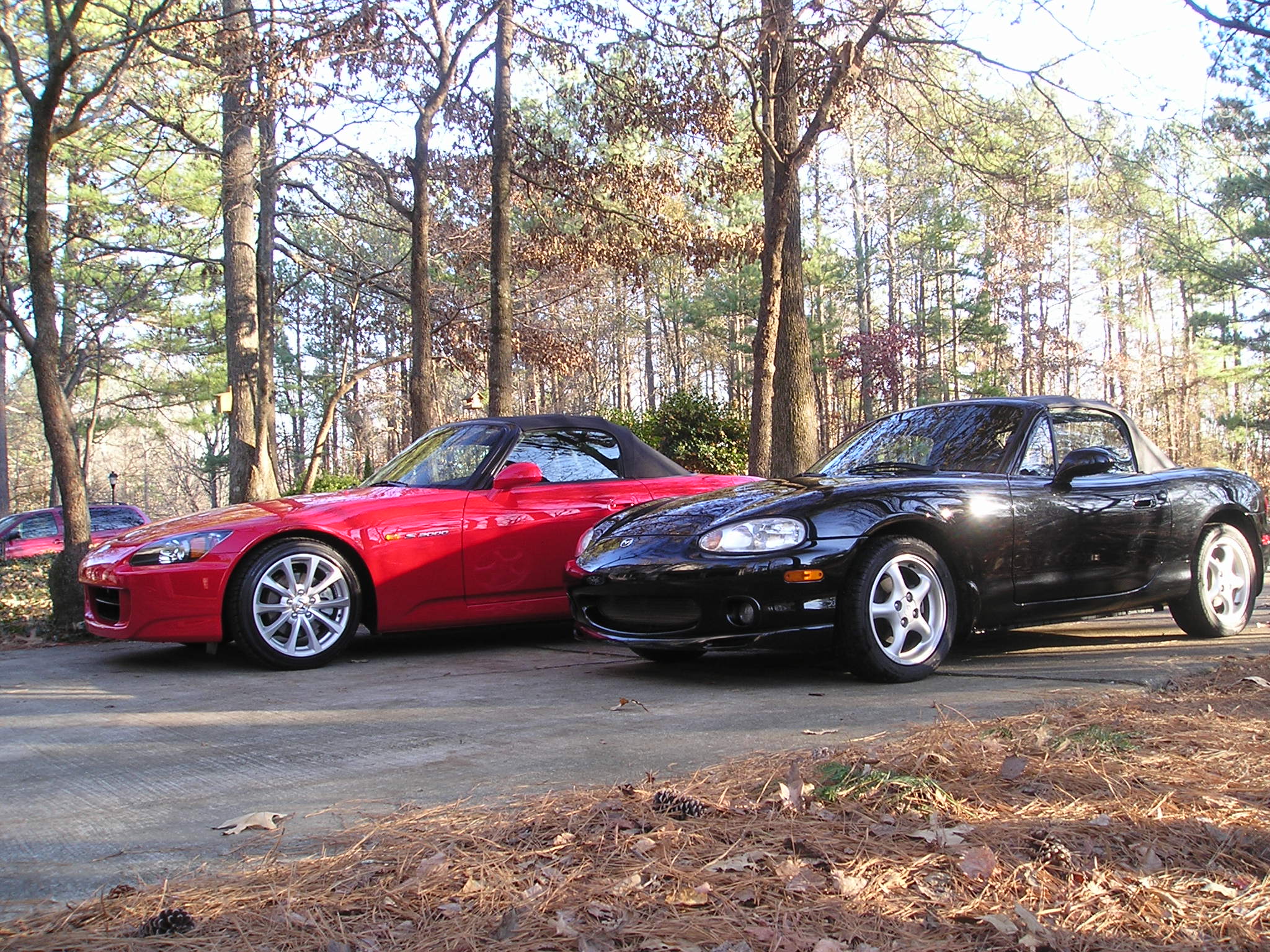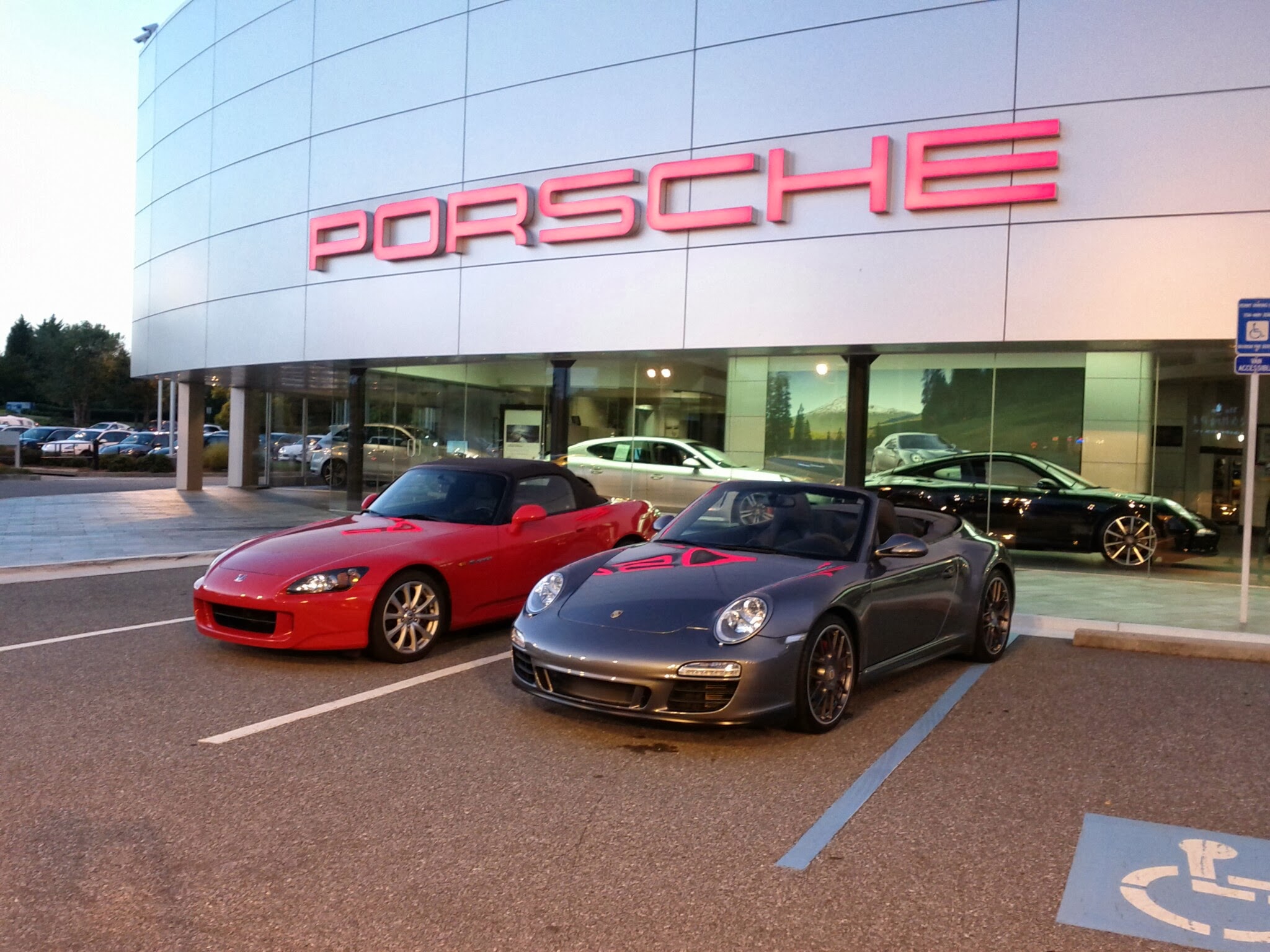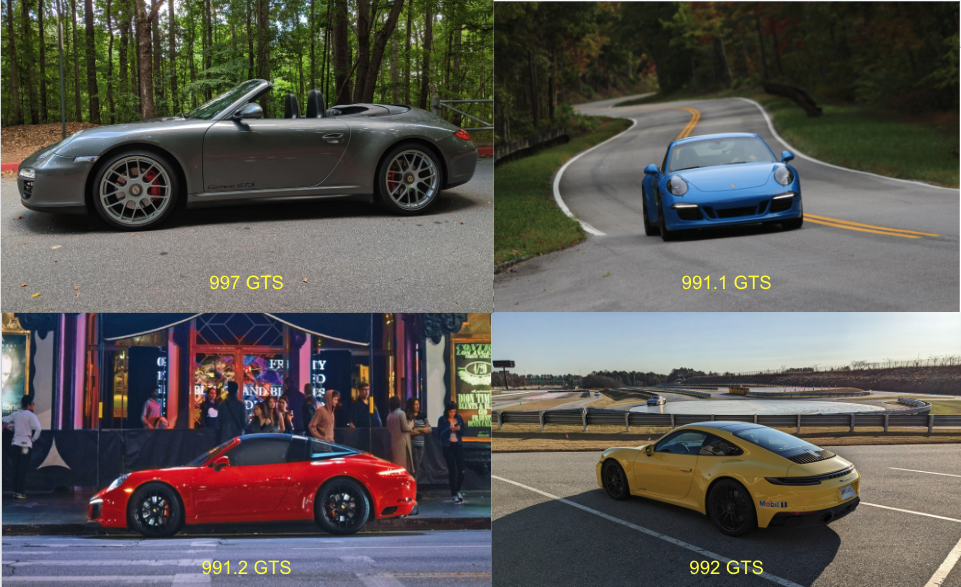
Compare 911 GTS Generations: 997 vs 991.1 vs 991.2 vs 992
Porsche delivered the first 911 GTS as a 2011 model. It was a swansong to the 997.2 generation cars as the 991 launch was impending. That first release brought us extra power, an improved chassis set-up, plus interior and exterior design changes all delivered in a naturally aspirated, two-wheel drive, wide body car.
Within a few years of the 991.1 generation launch, a refreshed 911 GTS was available as a 2015 model, and then again in 2017 and 2022 for the 991.2 and 992 generations, respectively.
Although the essence of the 911 GTS has remained constant through the years, Porsche introduced changes along the way. Perhaps most notable was the switch to a turbo-charged engine to meet stricter emissions standards while still advancing the performance of the car.
I’ve spent hours behind the wheel of the 1st two generations of 911 GTSs, and recently had a chance to compare them with the latest model. In researching a post I wrote about the experience, I struggled to find a single source that compared the specs for all 4 generations.
So I created one to share here:
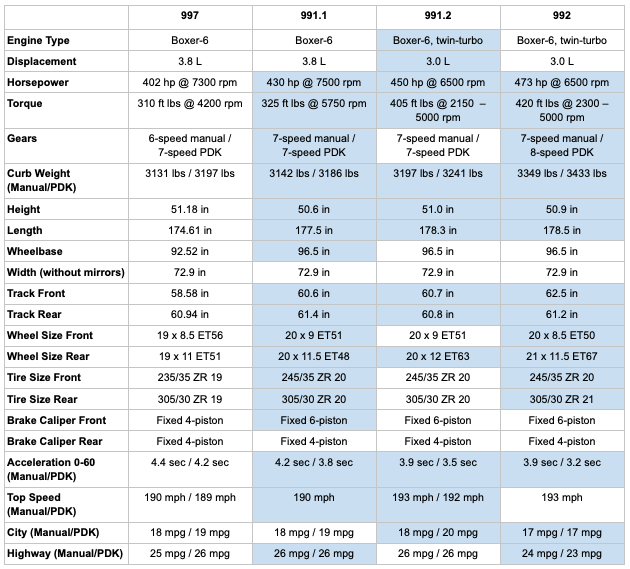
Of all the changes from one generation to the next, the two areas that resonate for me most relate to power and weight.
When comparing the 997 generation GTS to the newer generations, I’ve often said that with one you get more S while the others give you more T. The swiftness or nimbleness of the 997 is likely influenced by its lower curb weight. The graph below helps to visualize how the weight as changed since 2011.
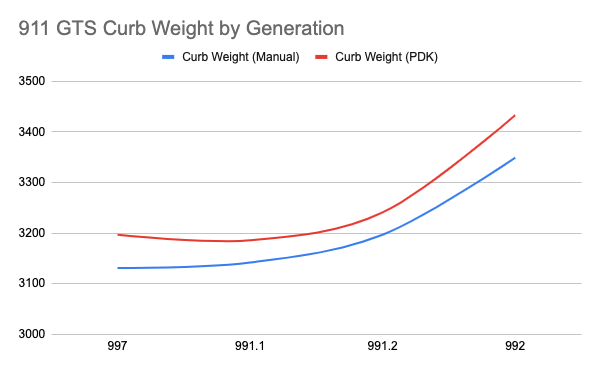
While power has increased with each generation, that “punch in the back” you feel when mashing the accelerator in the turbo-charged cars is a direct result of the increased torque. The graph below shows a marked increase in torque between the 991.1 and 991.2 generations; a change that coincides with the addition of the turbo.

If you are cross-shopping the 911 GTS generations or simply interested in knowing more about the cars, I hope this information is useful.
